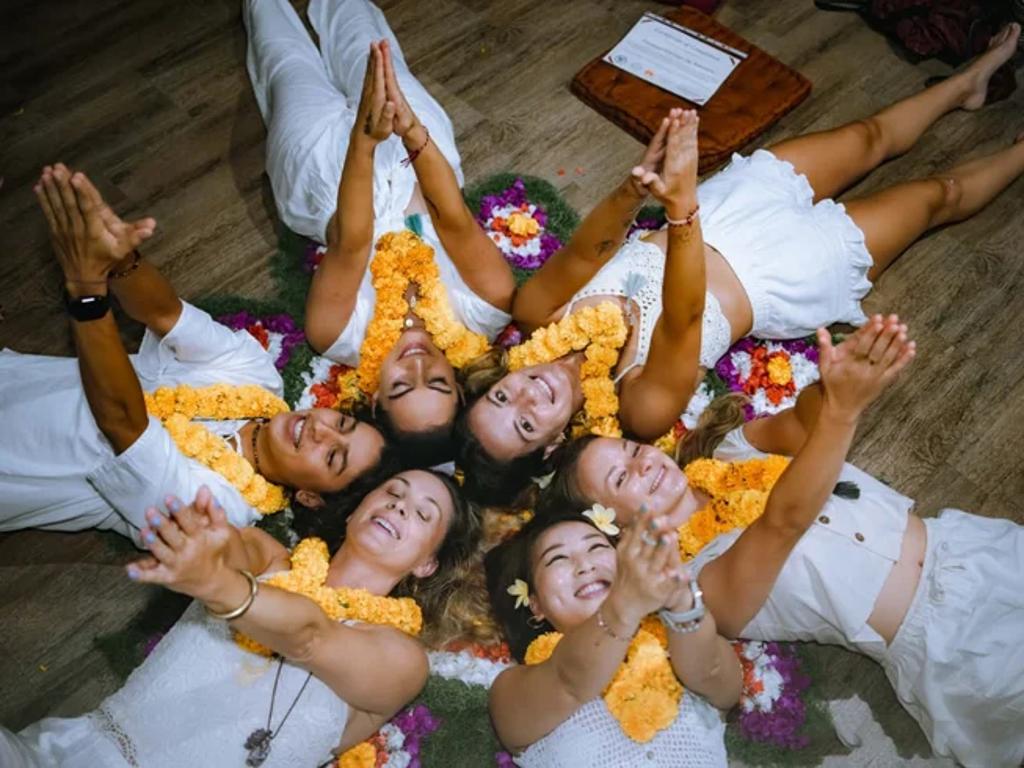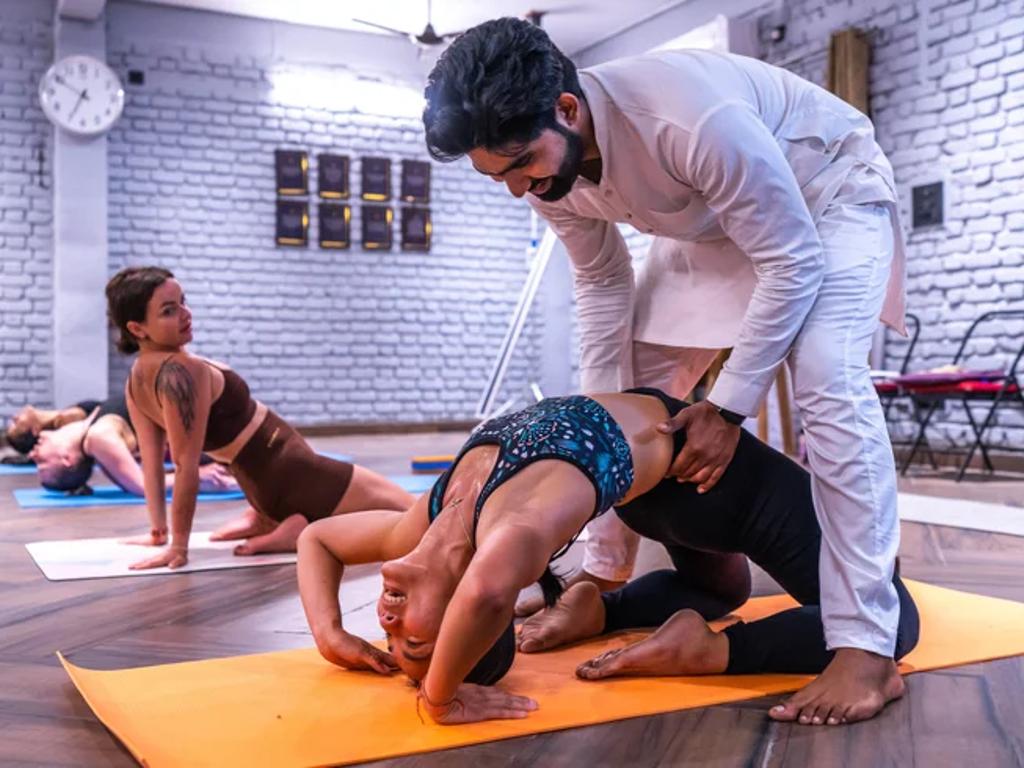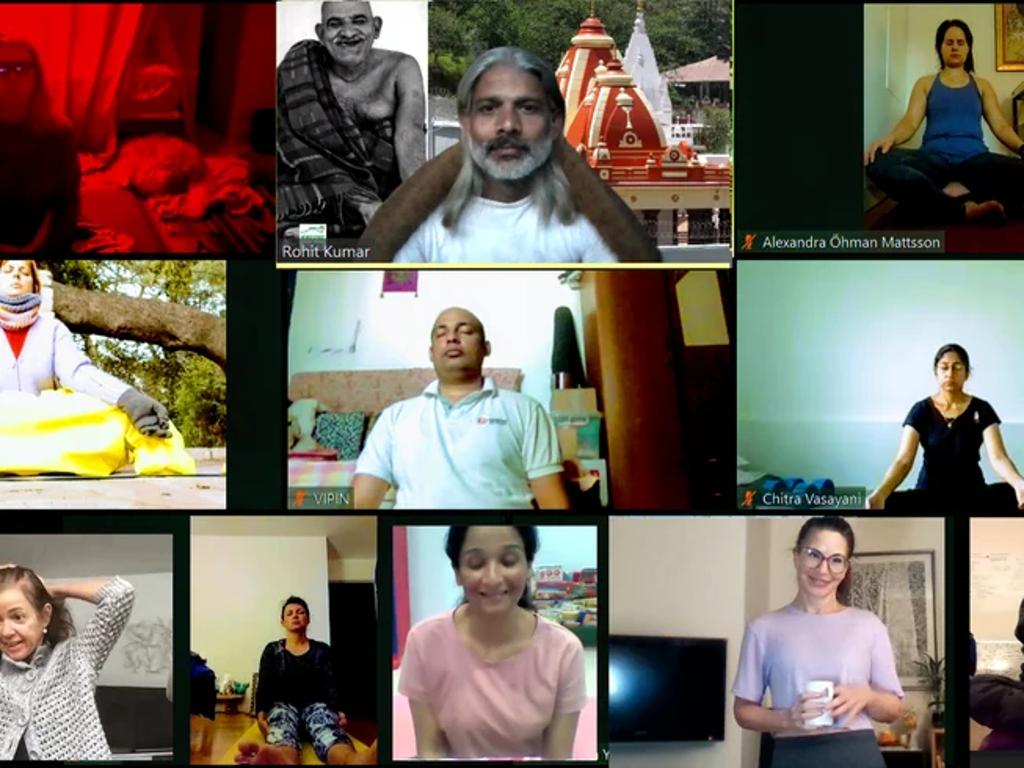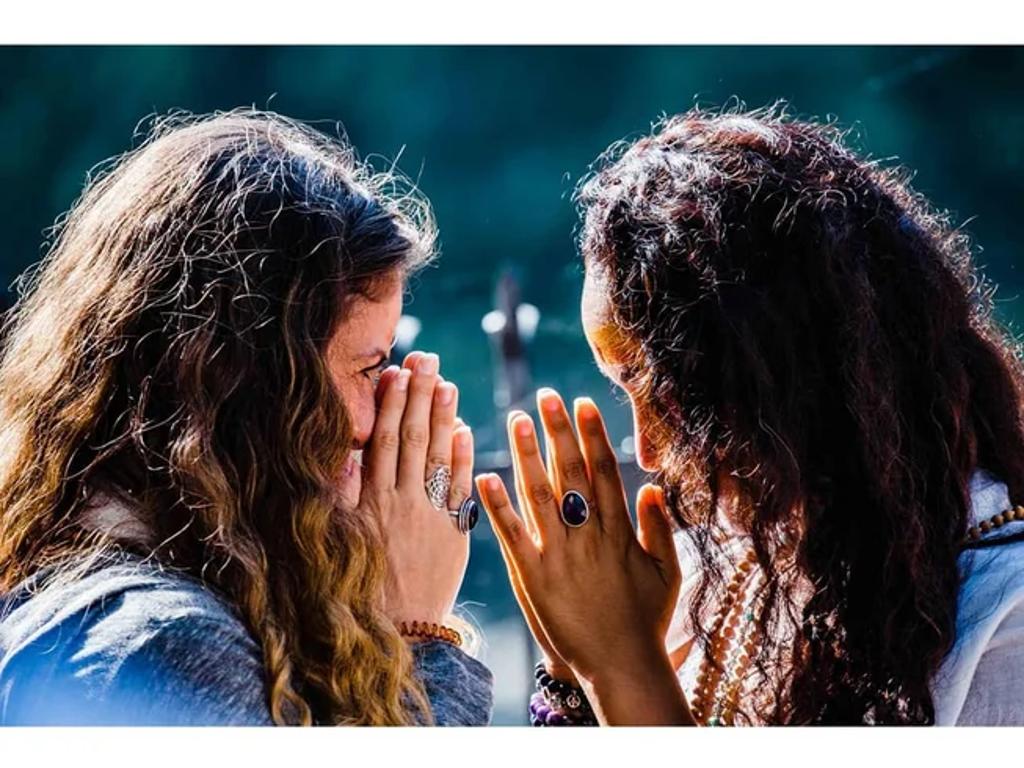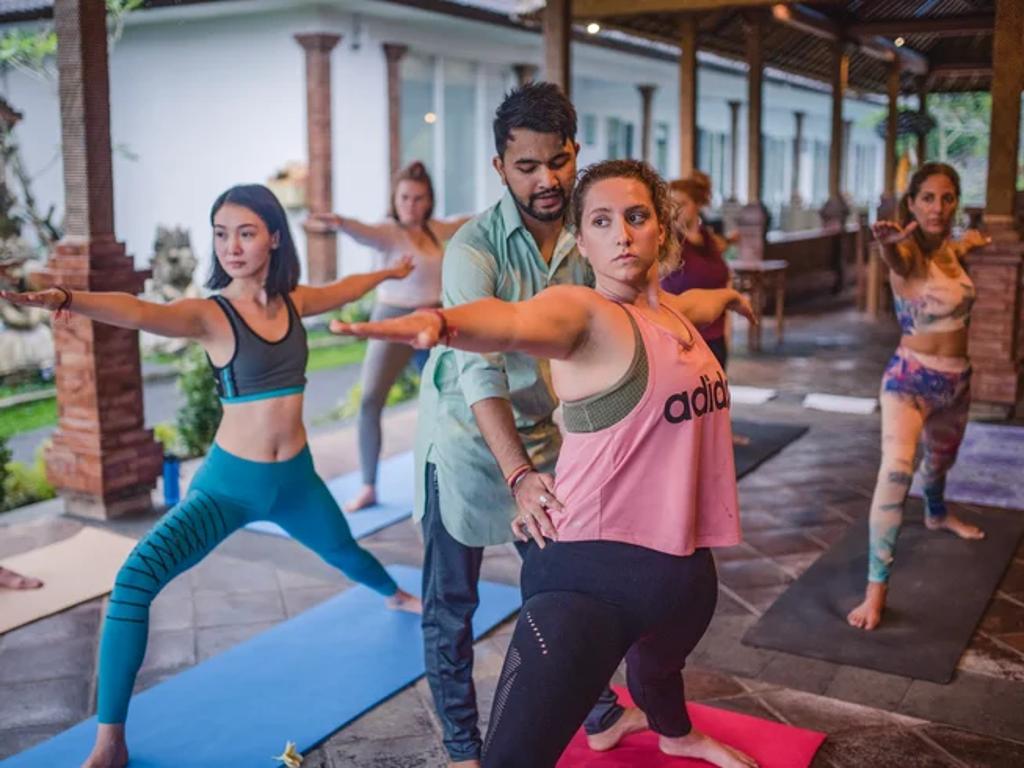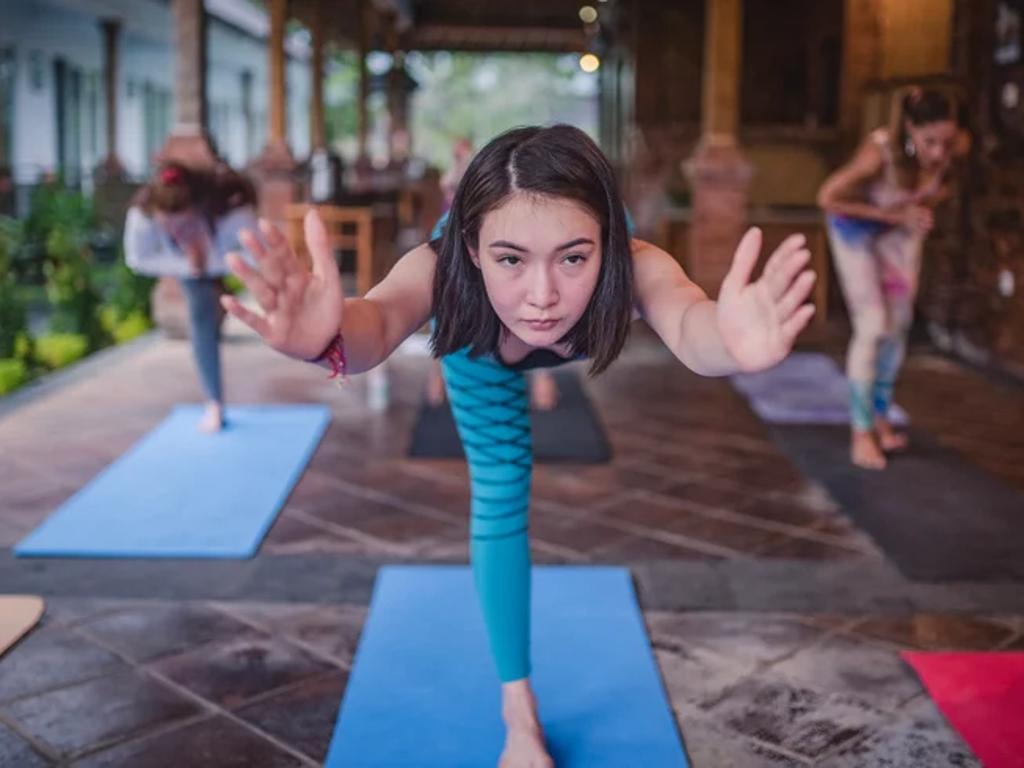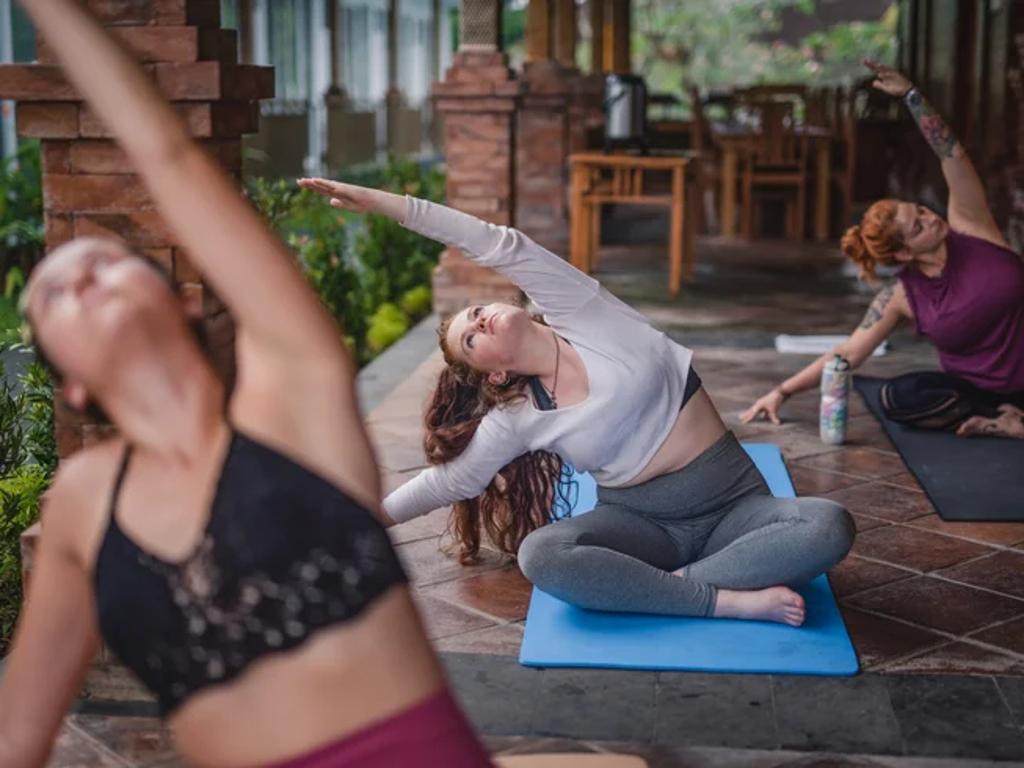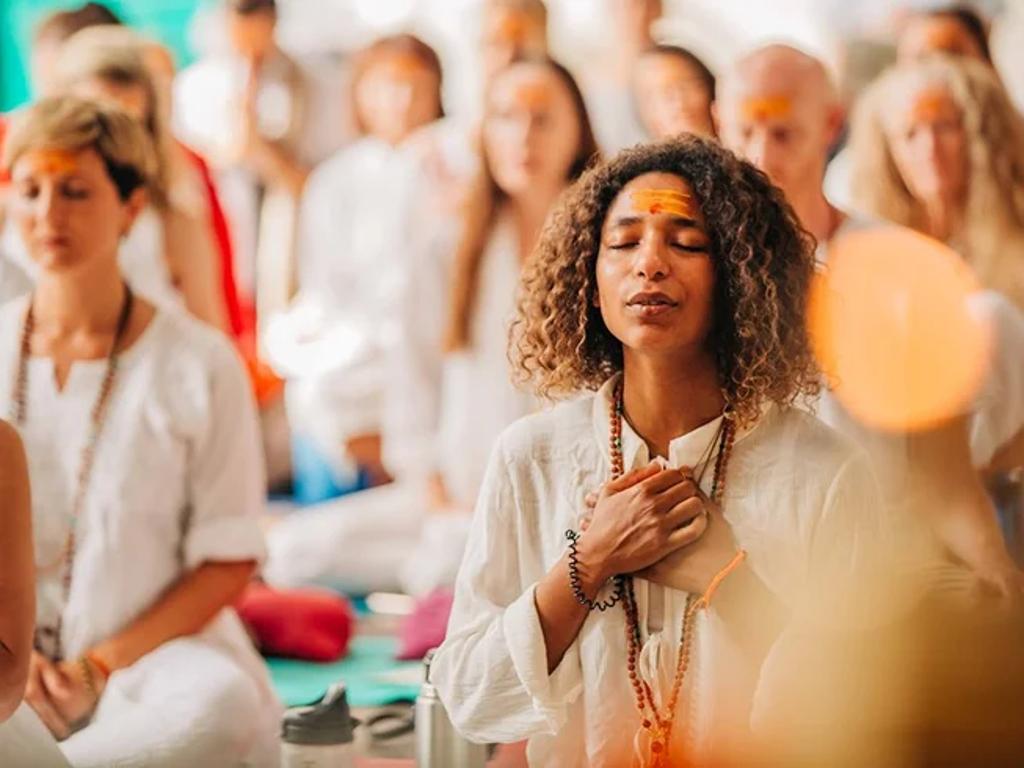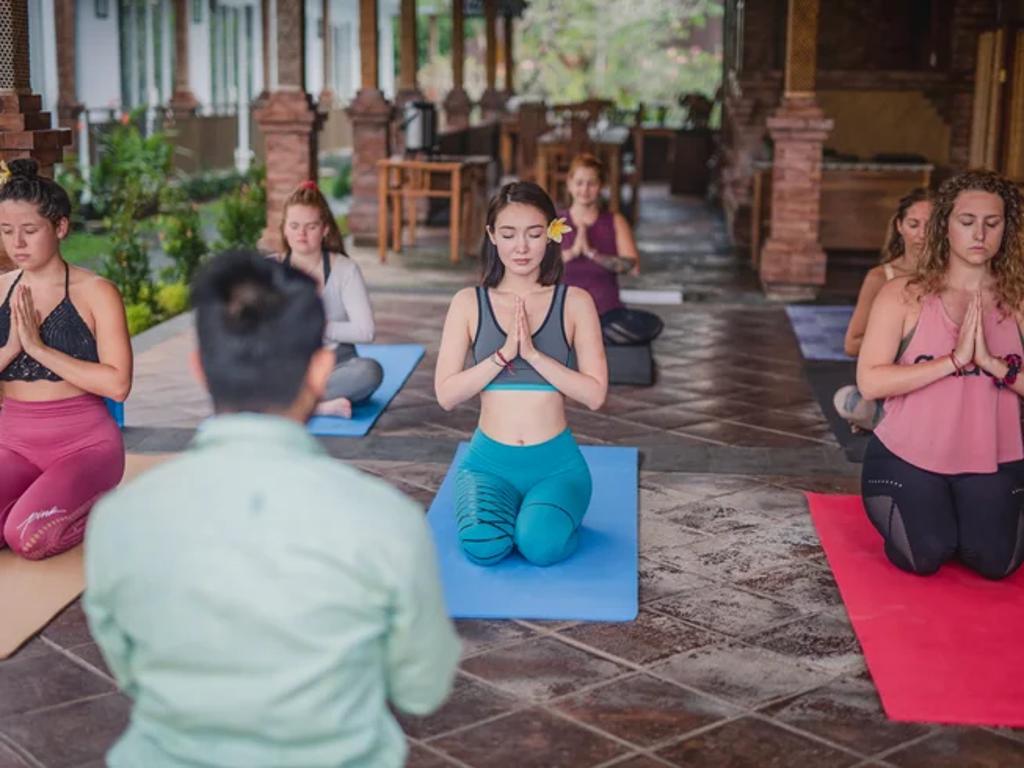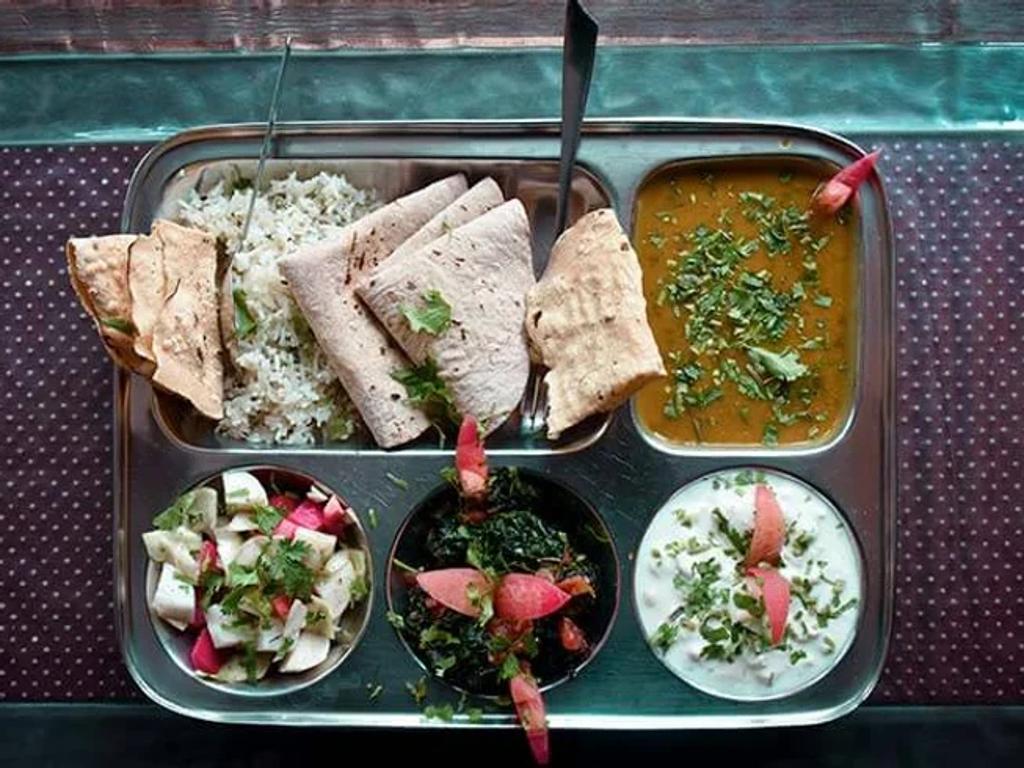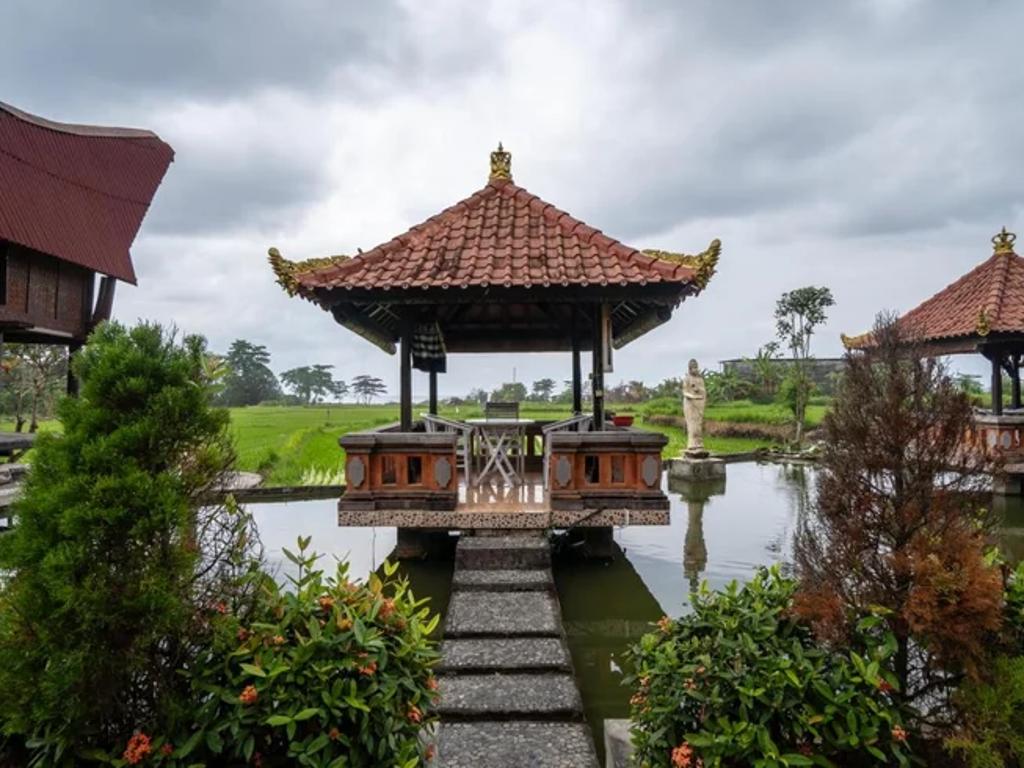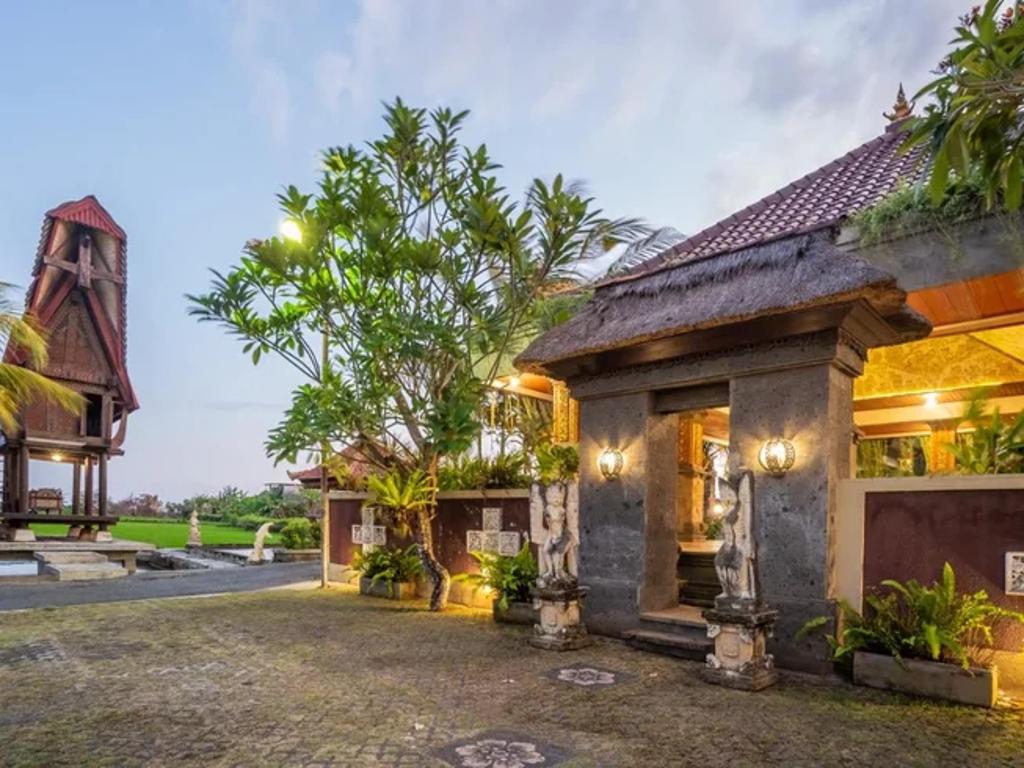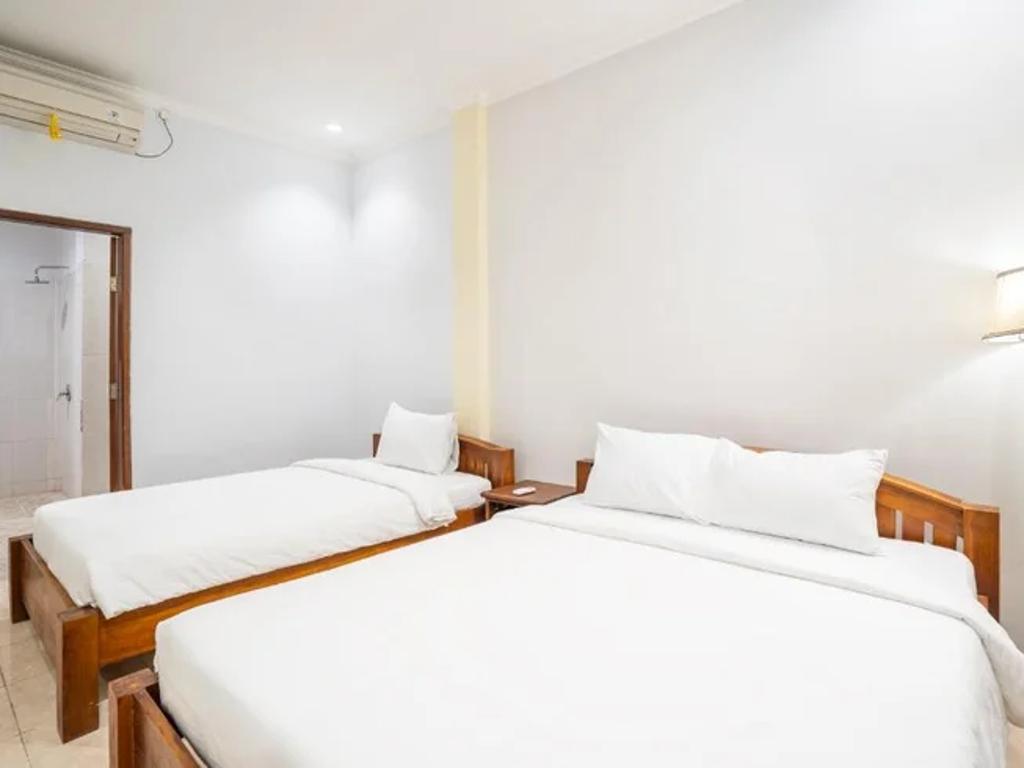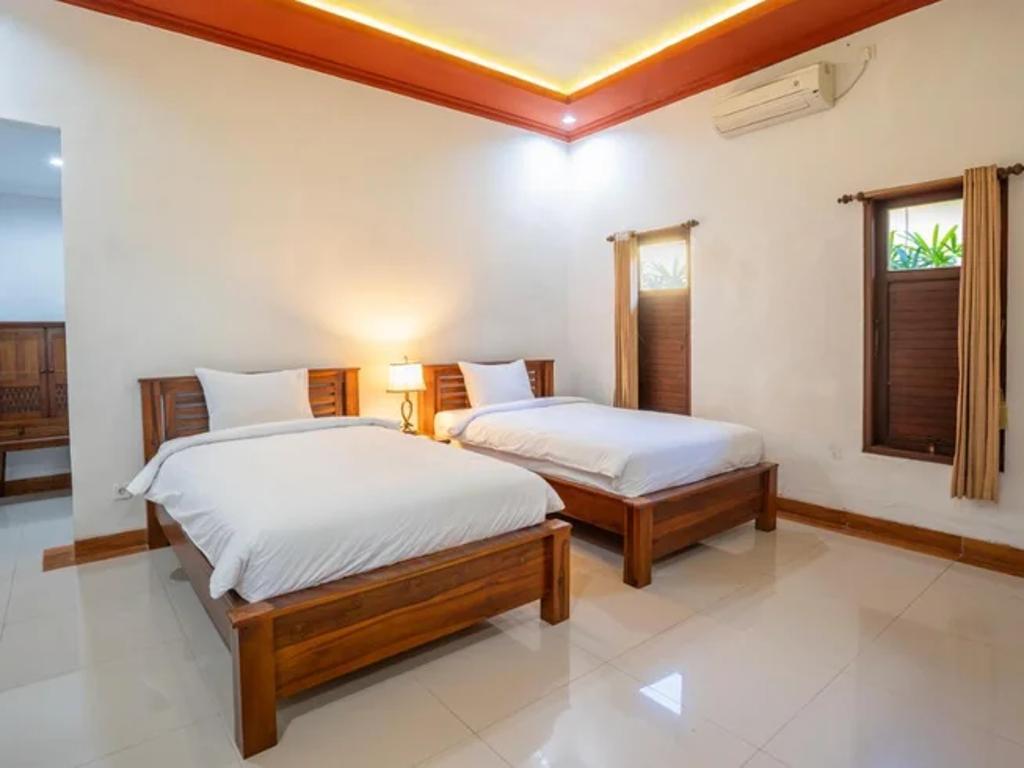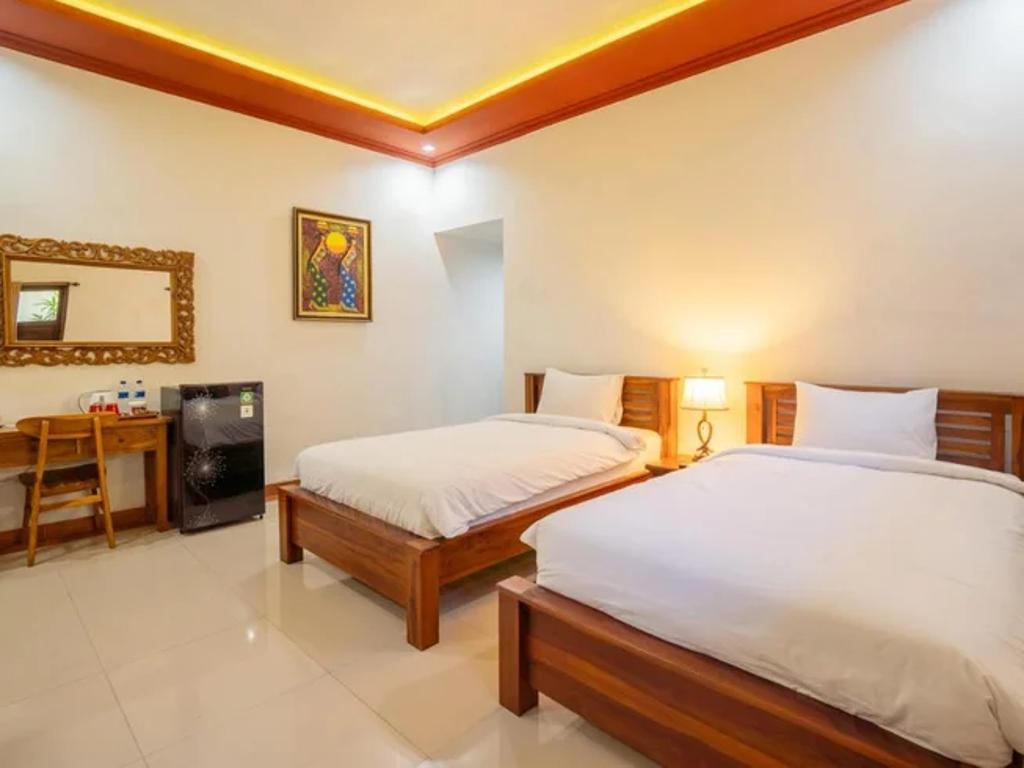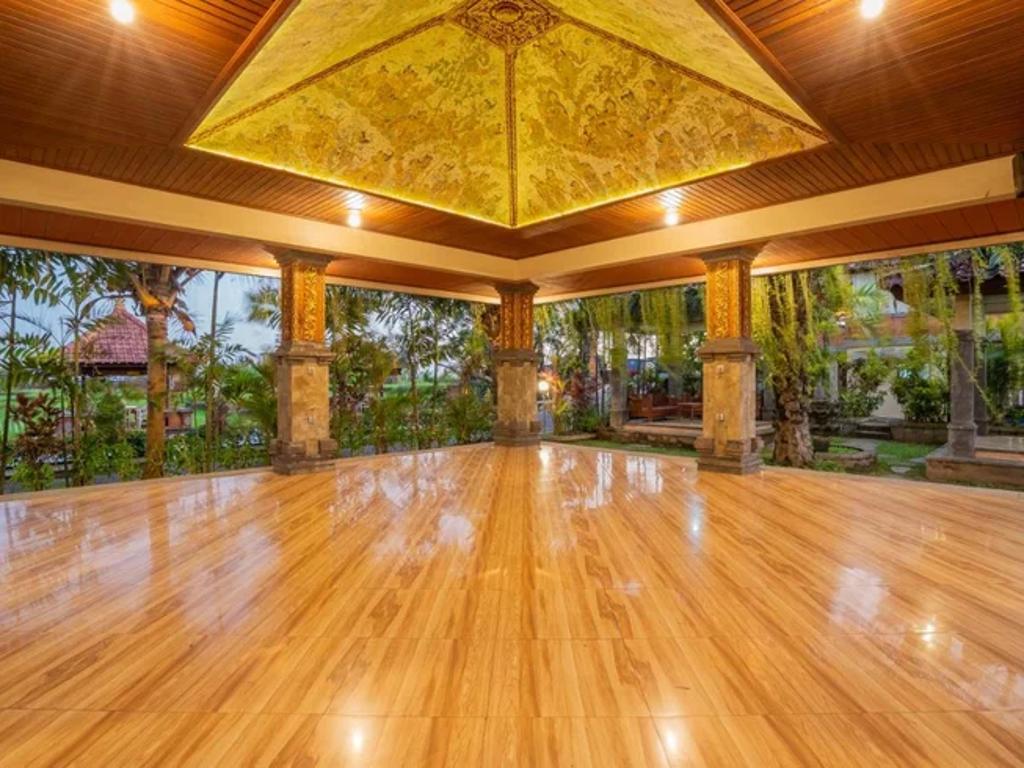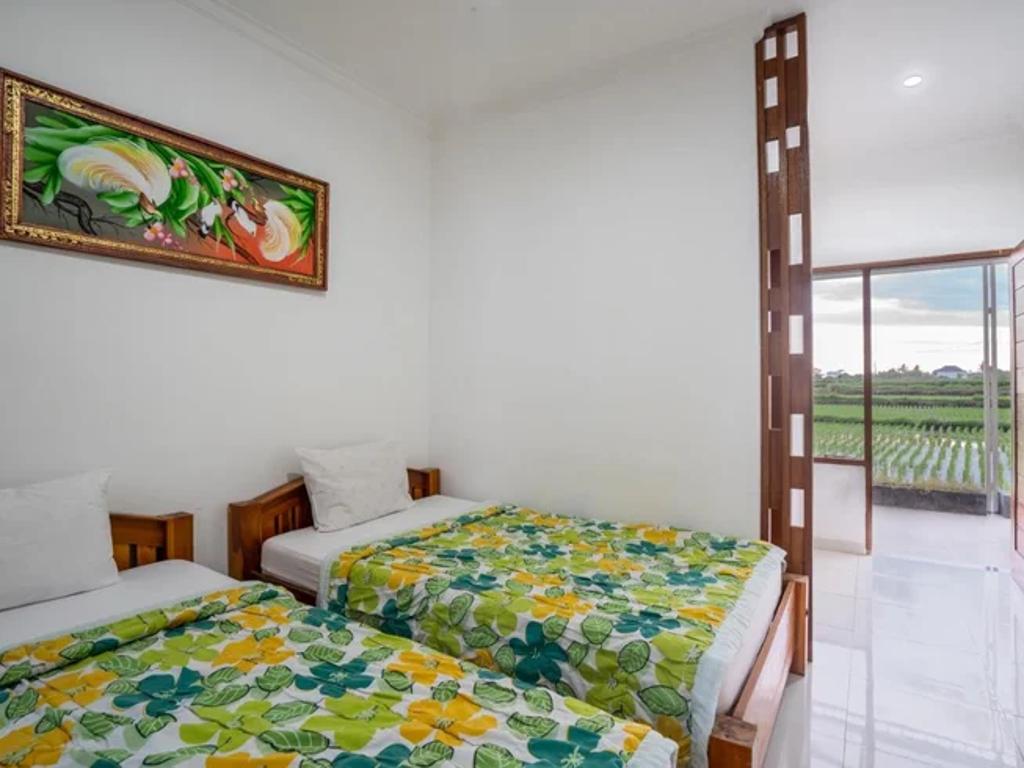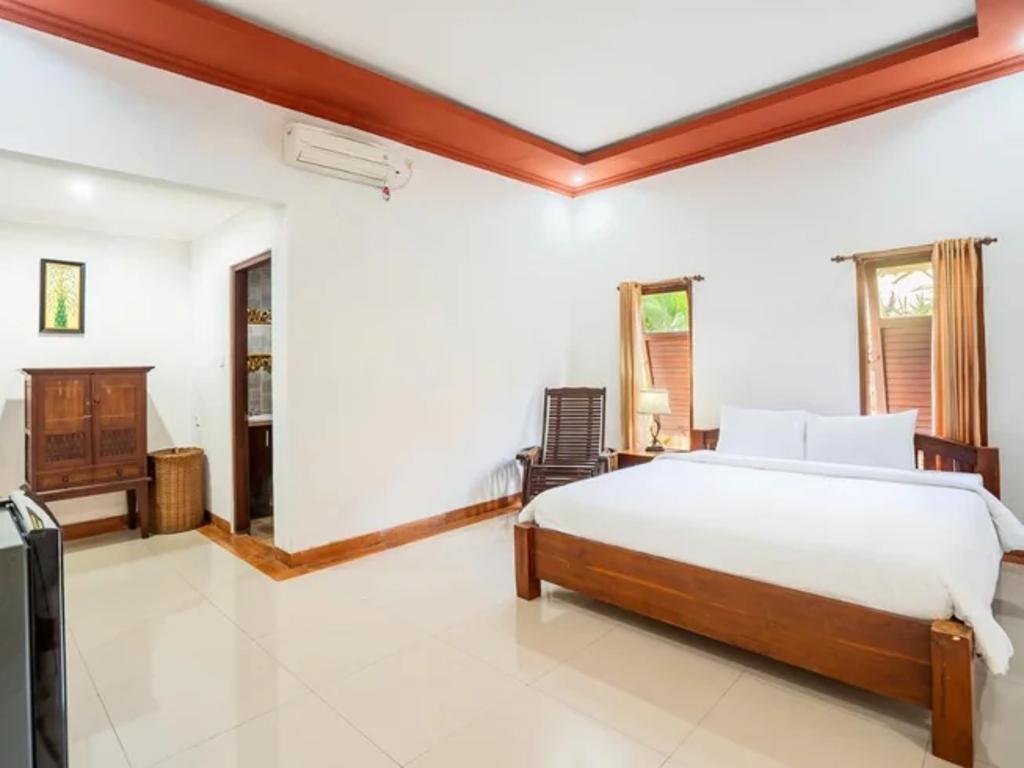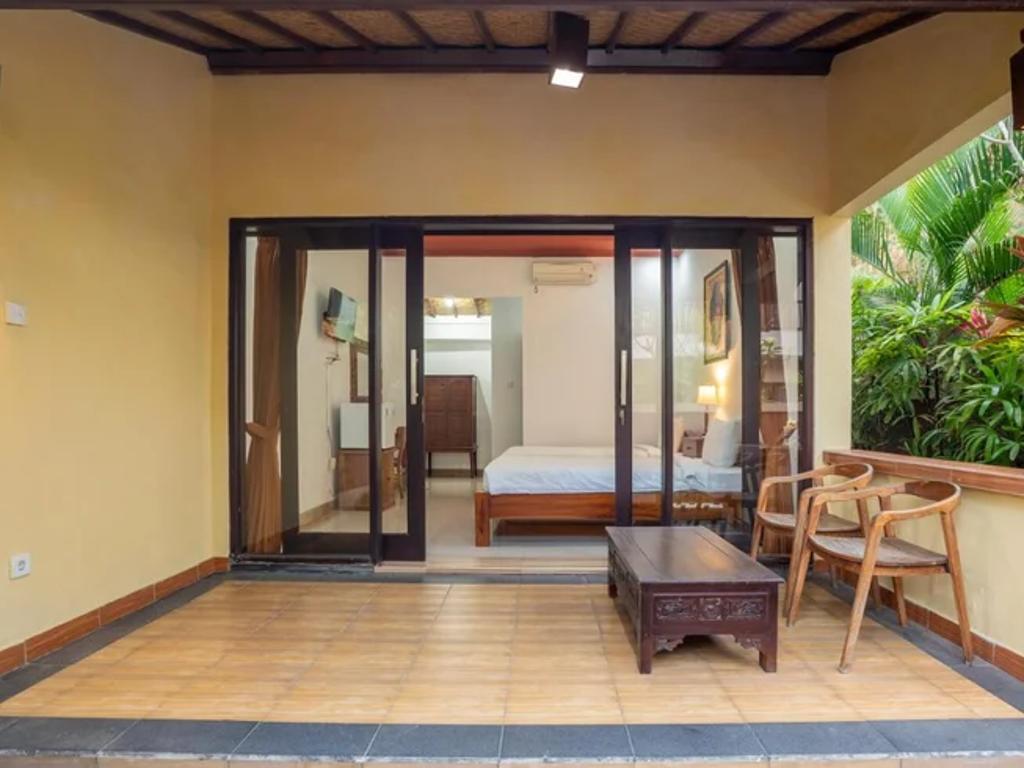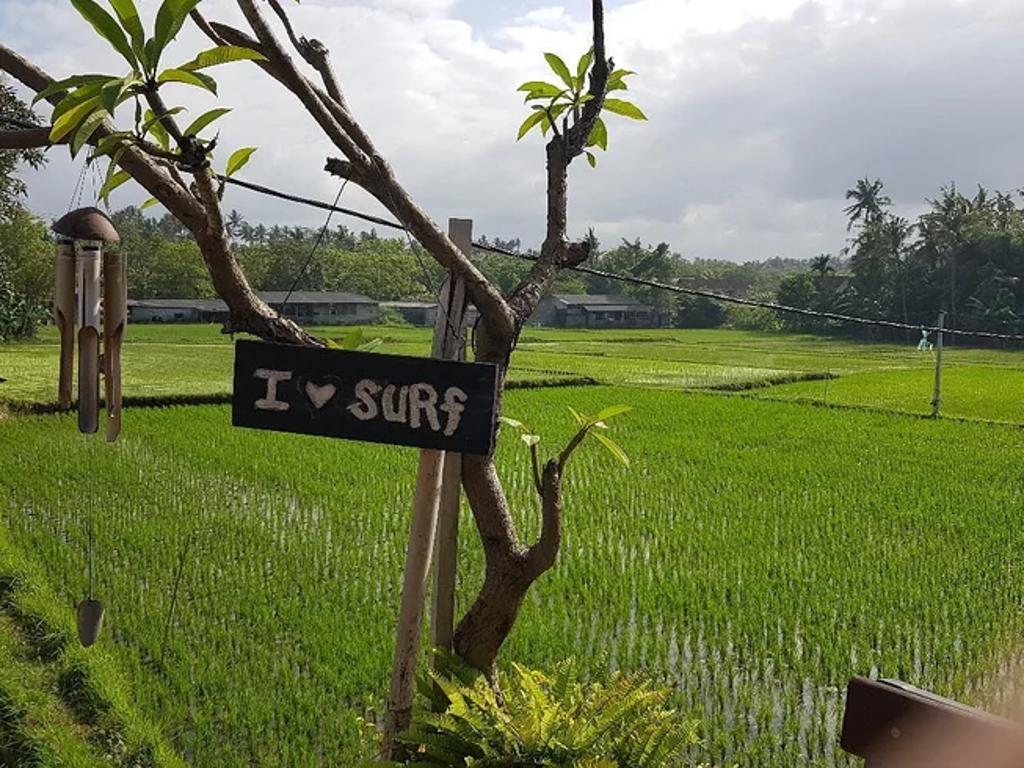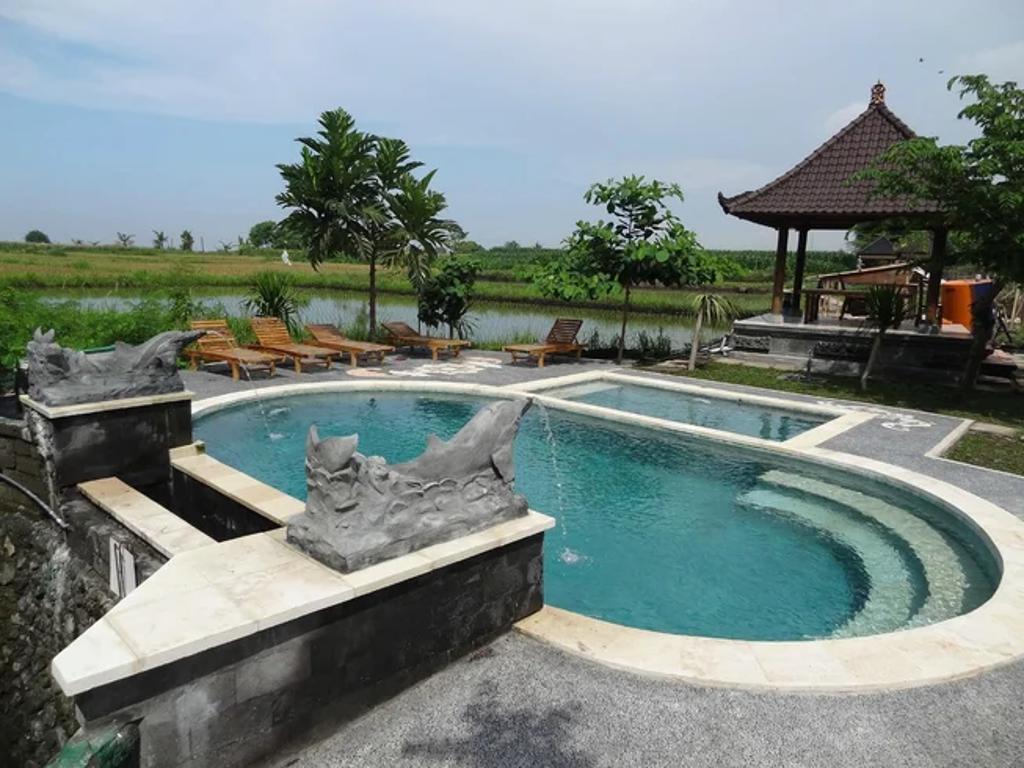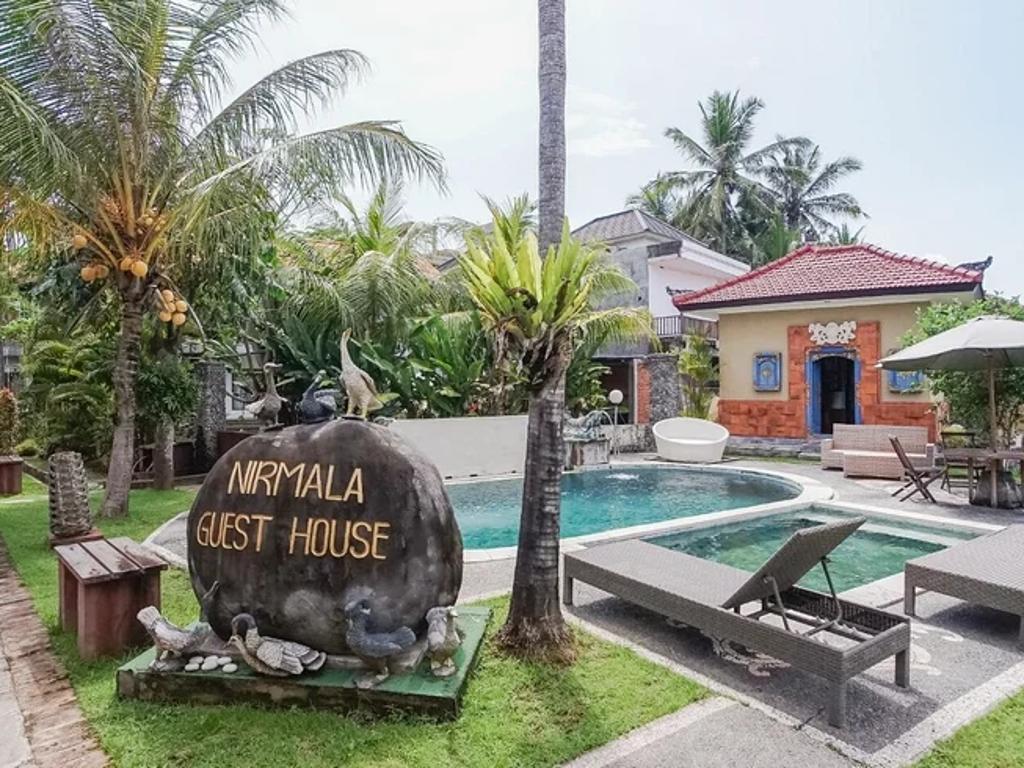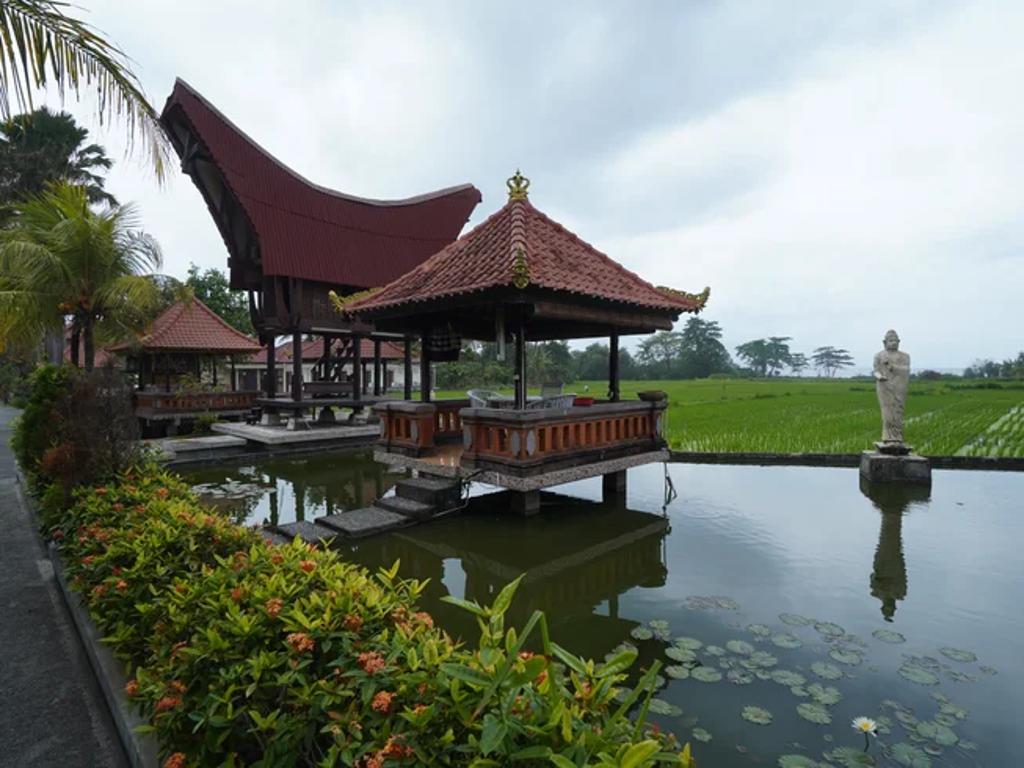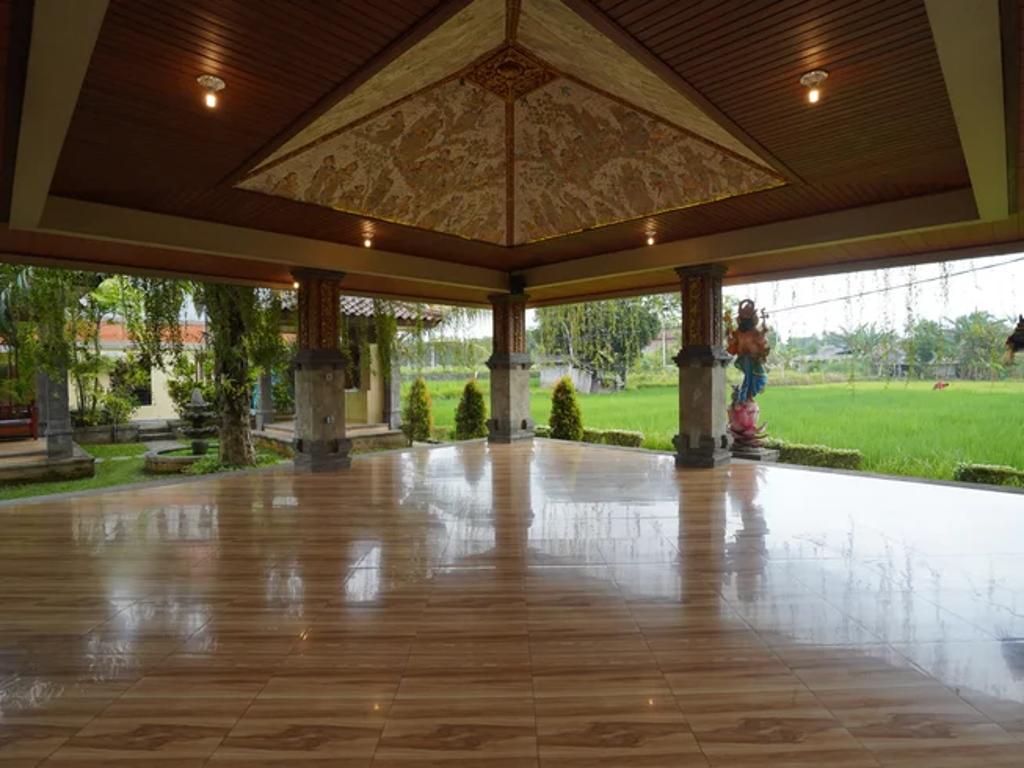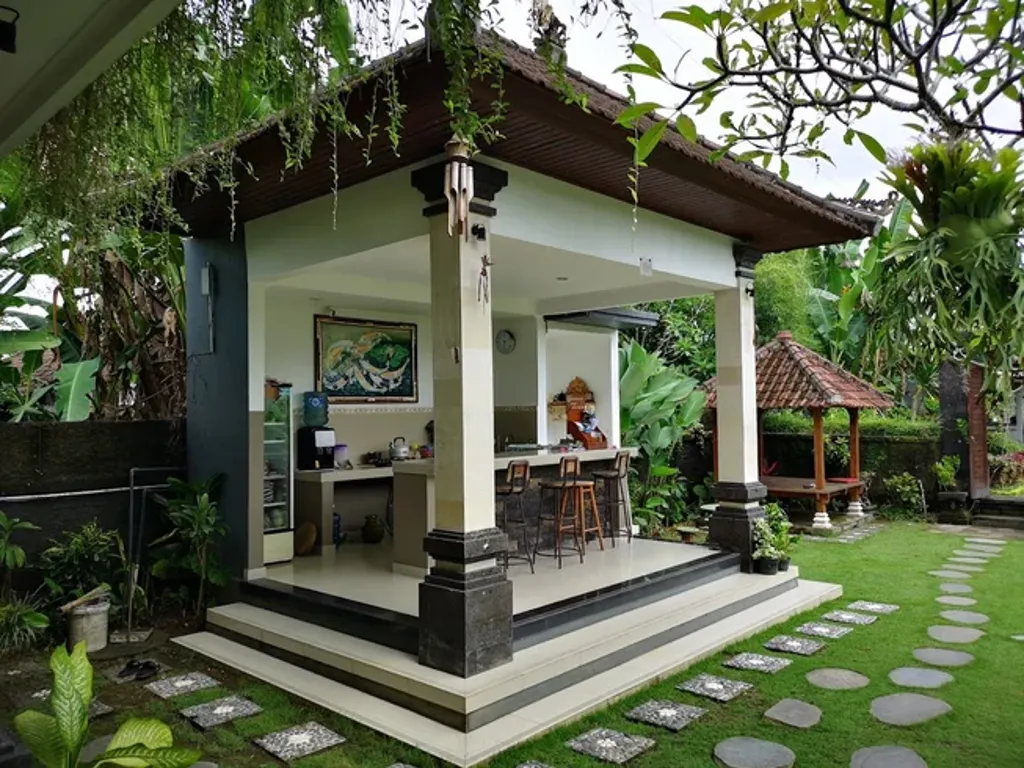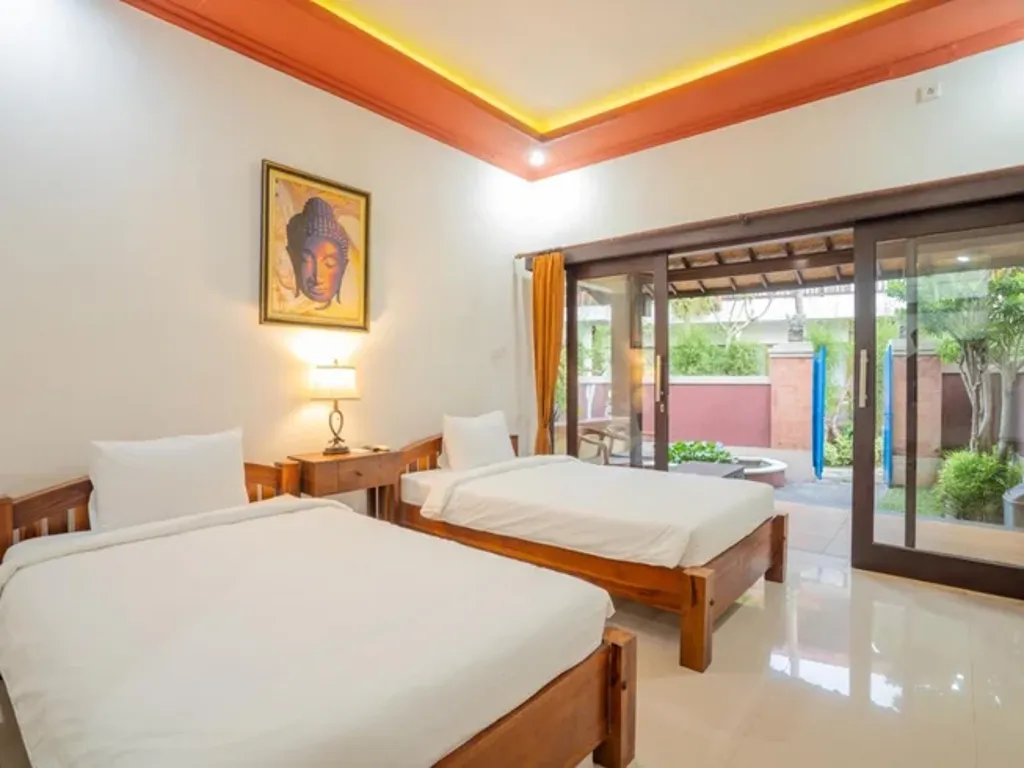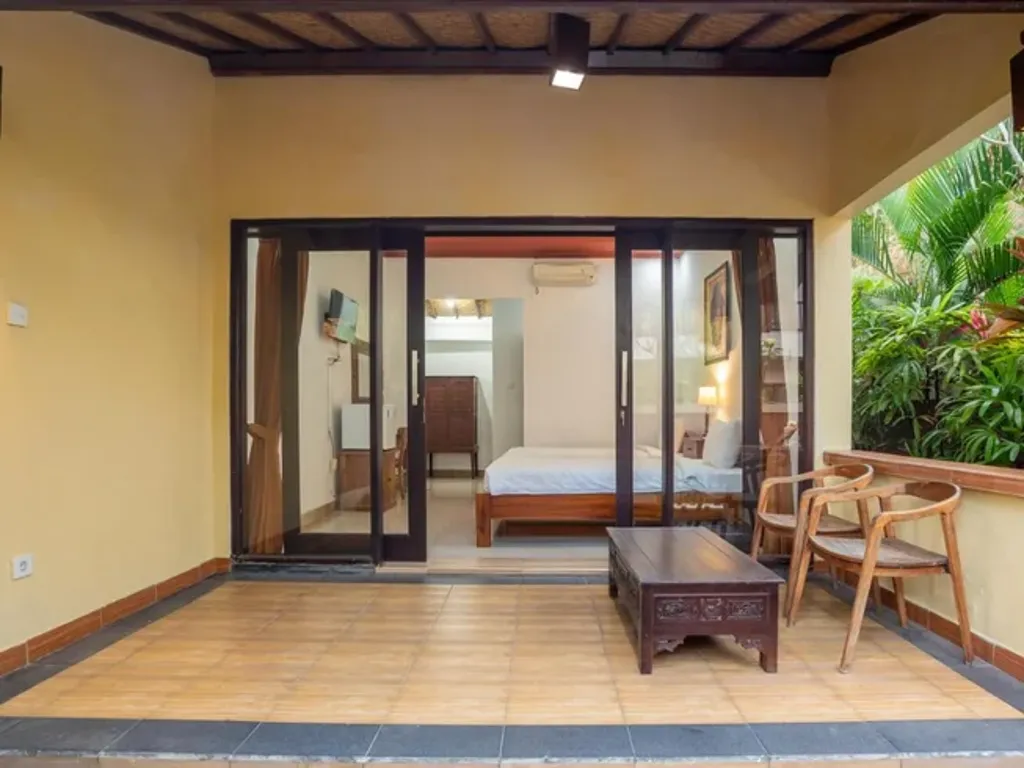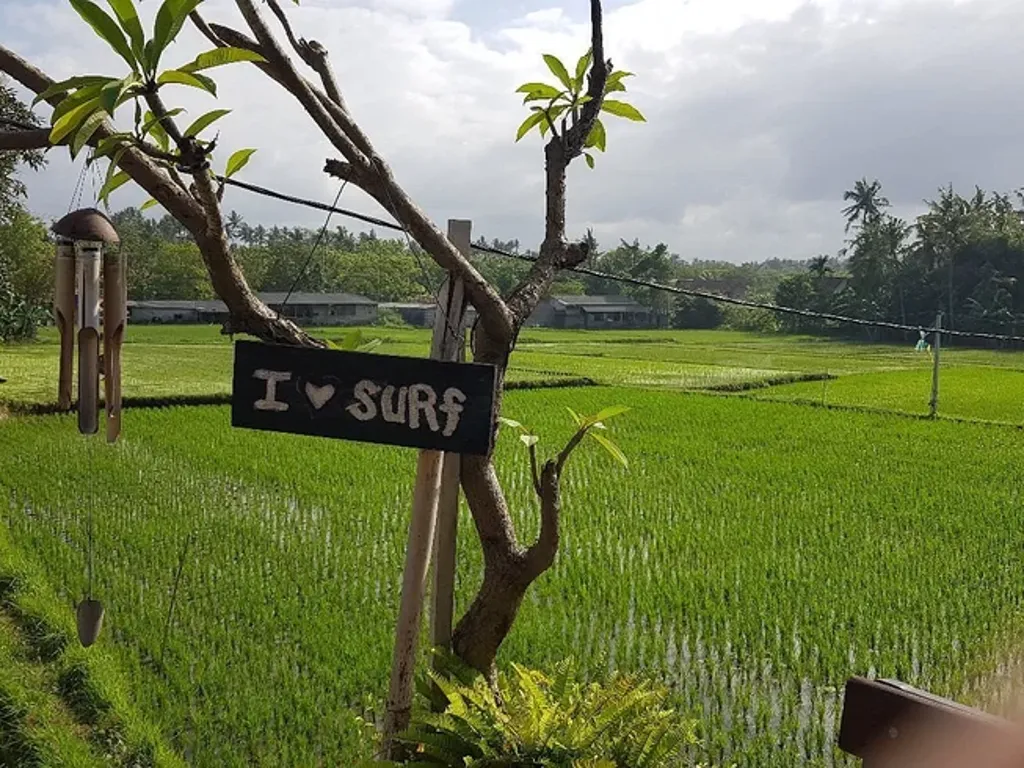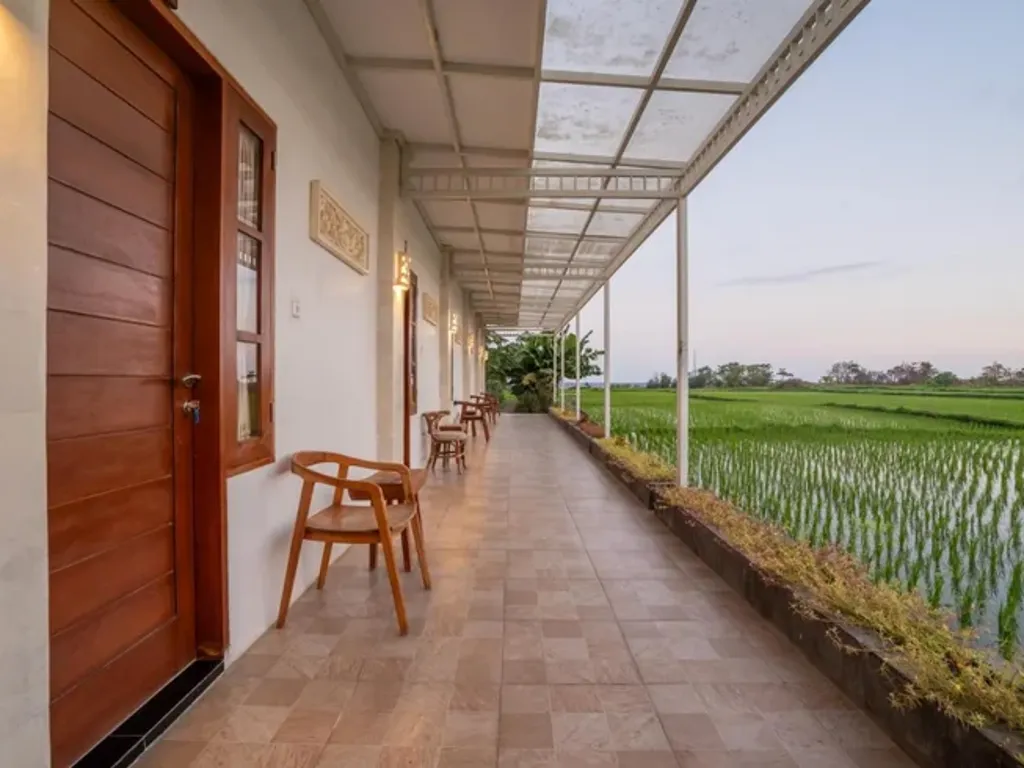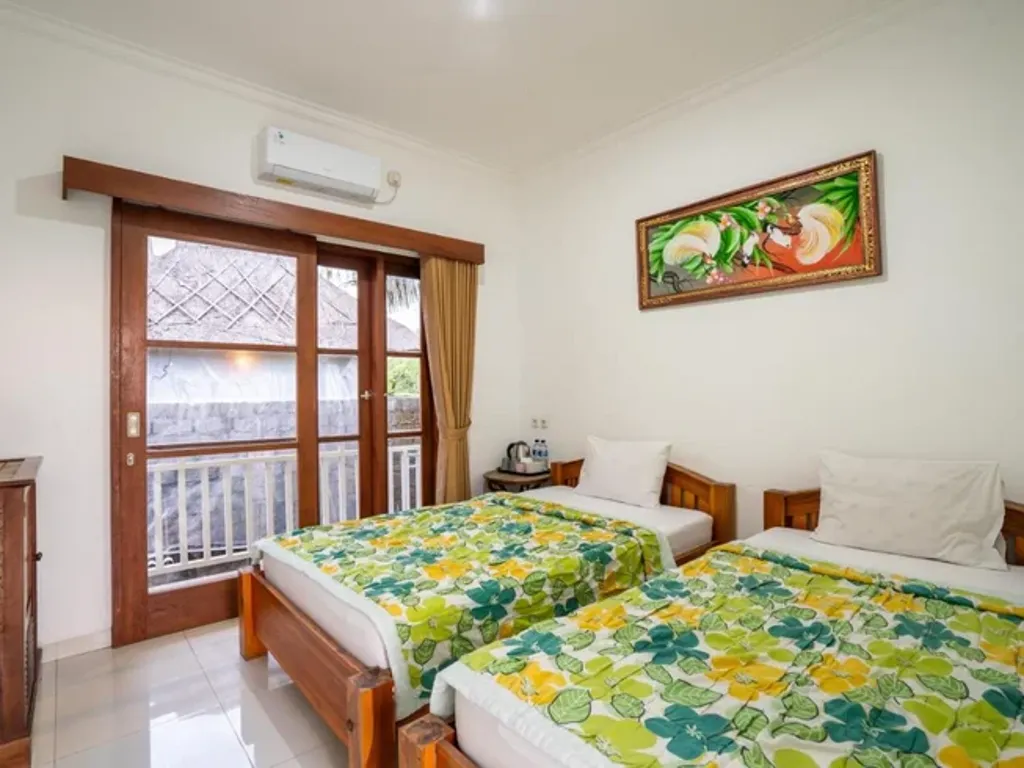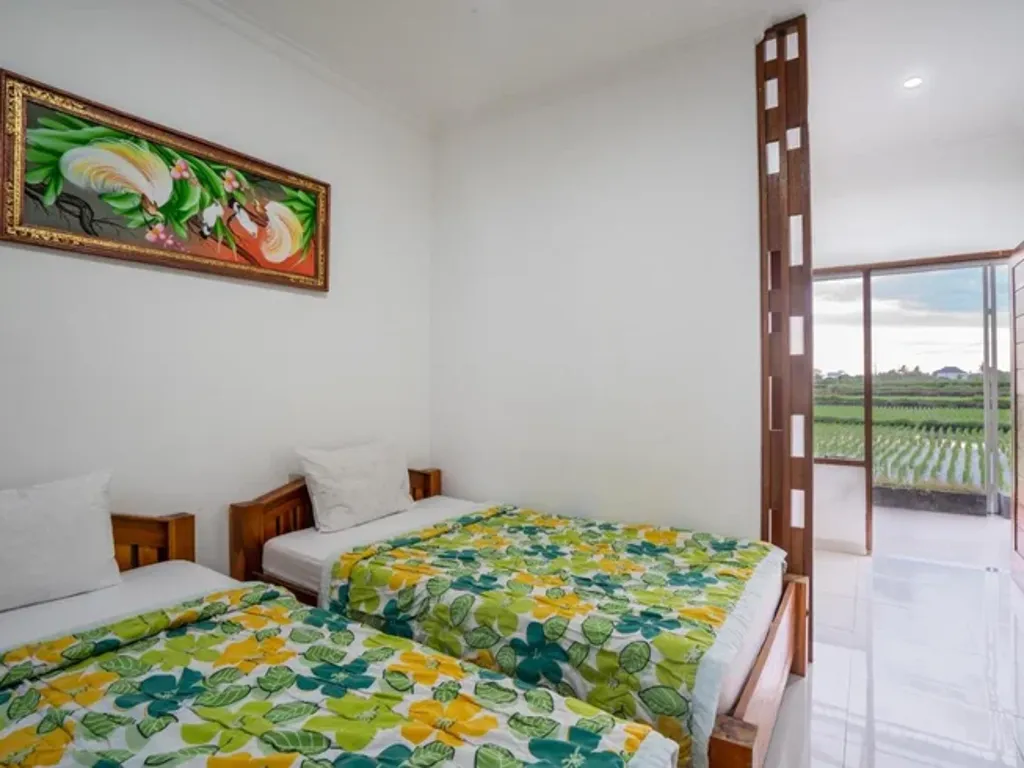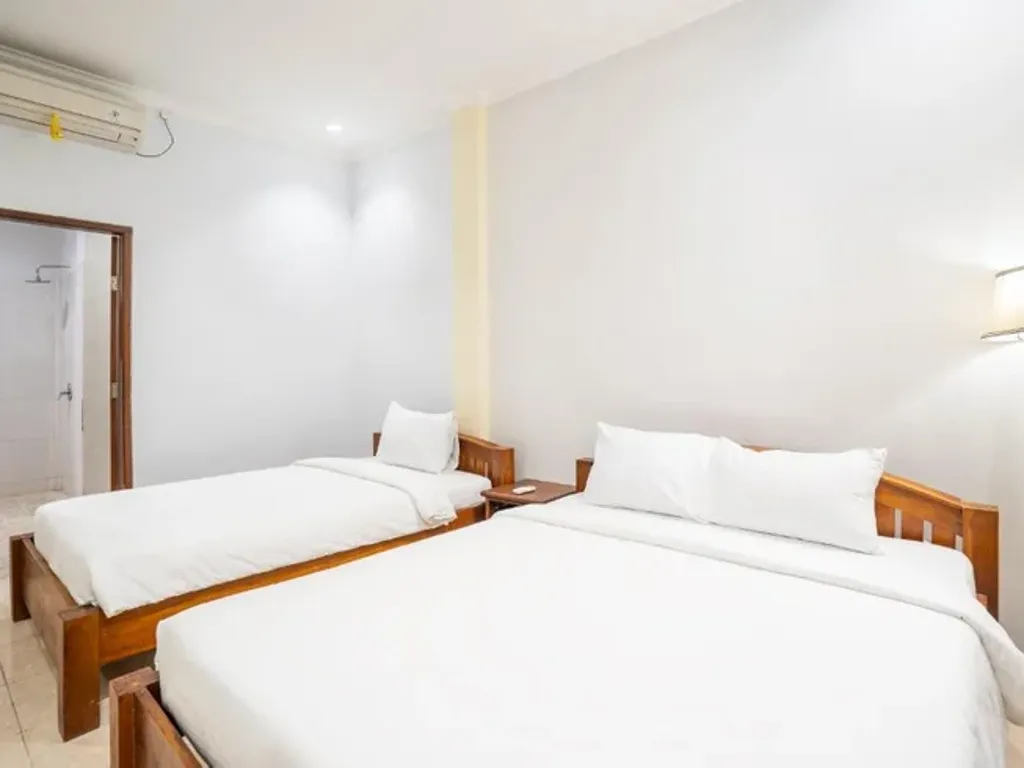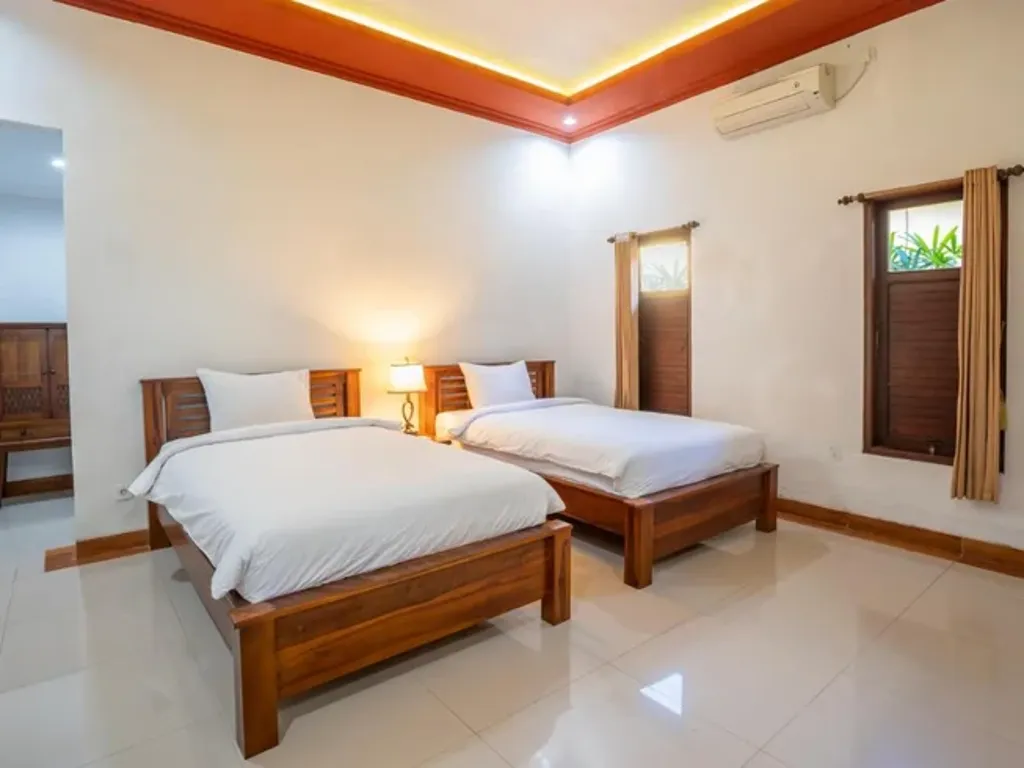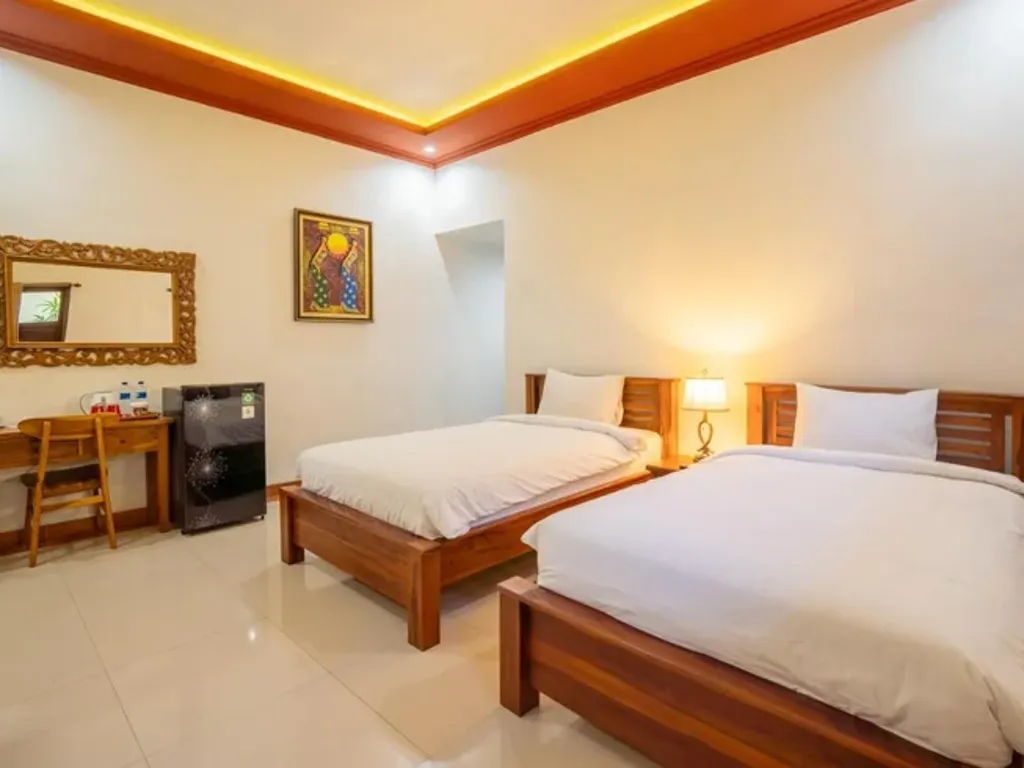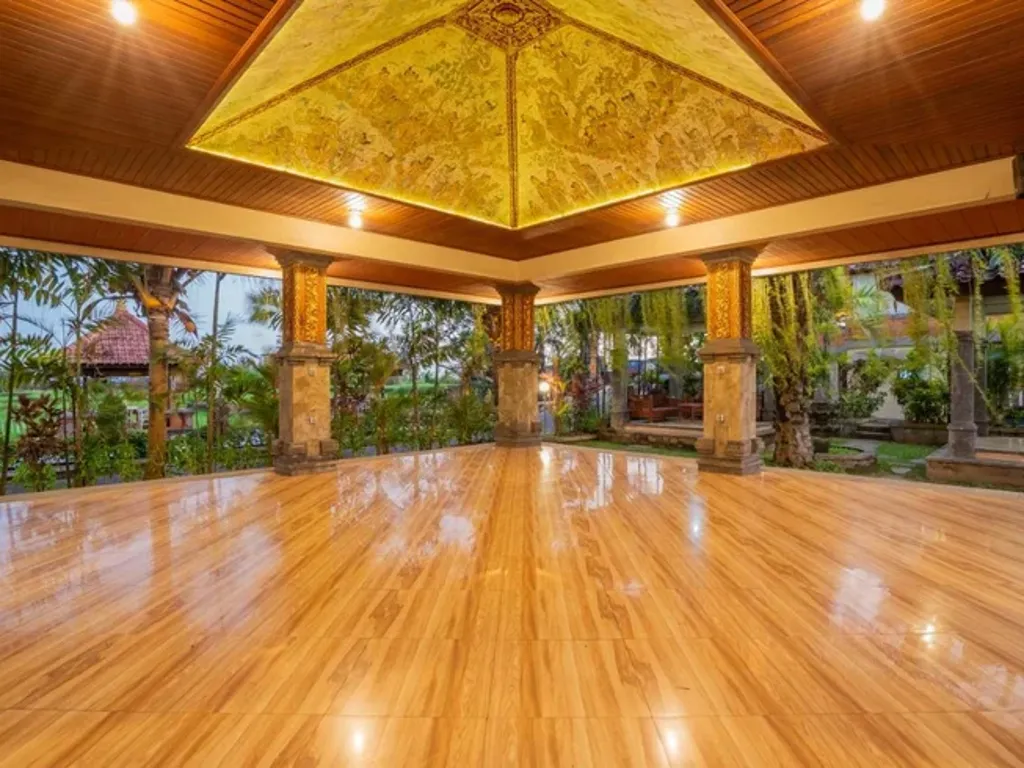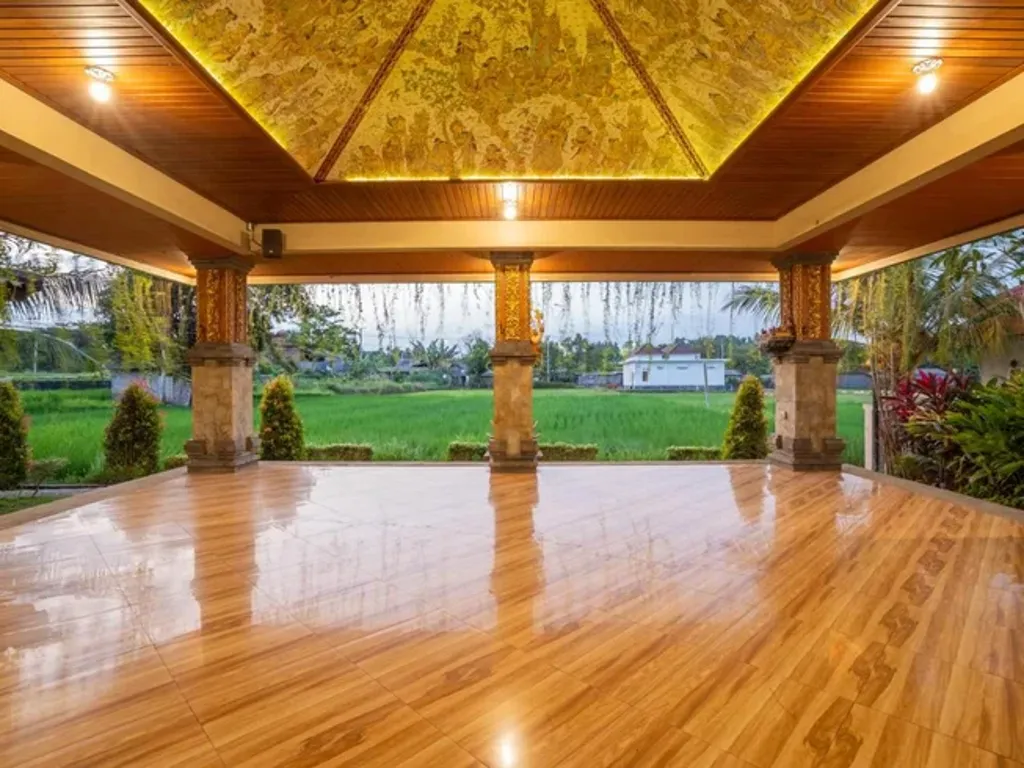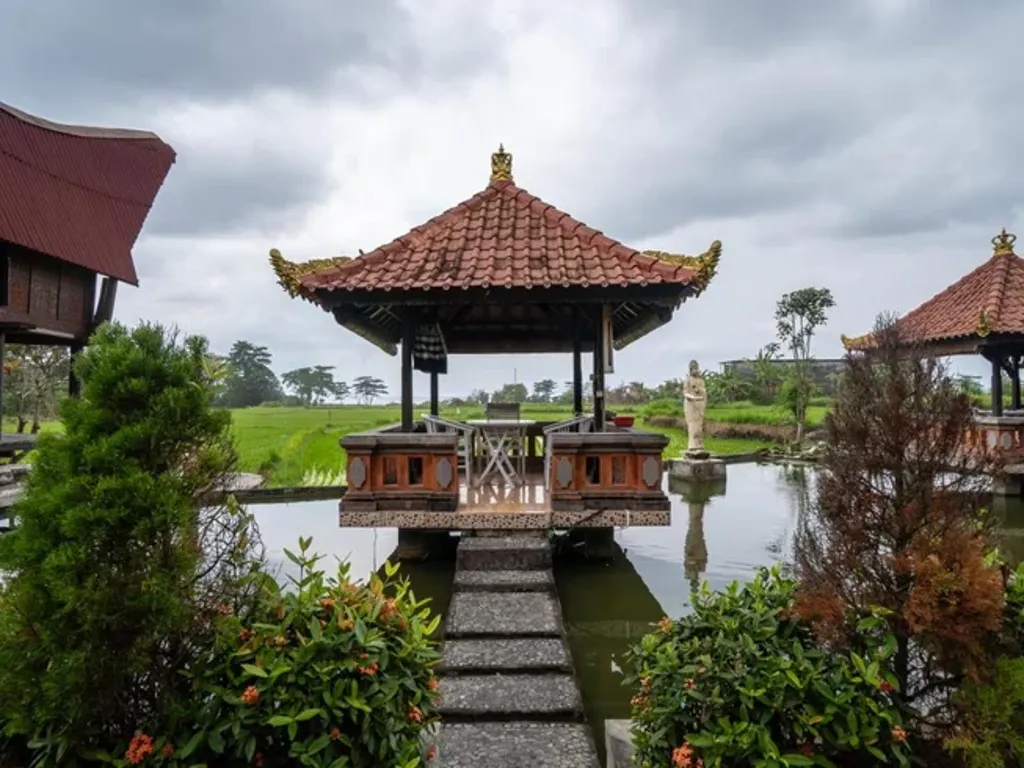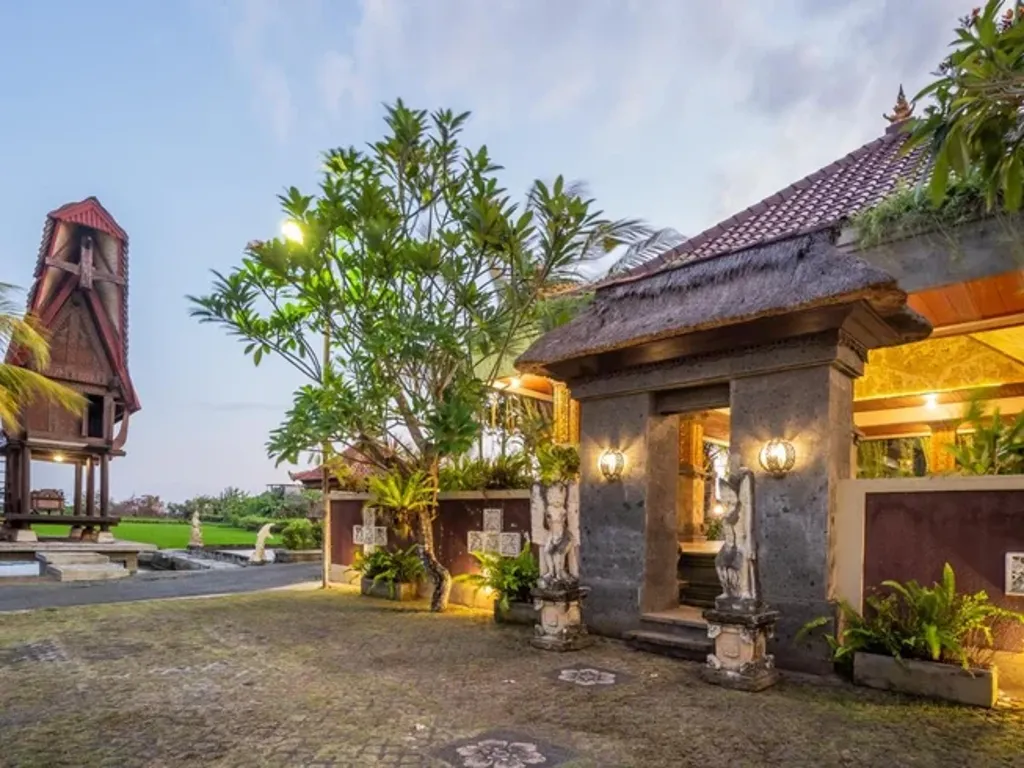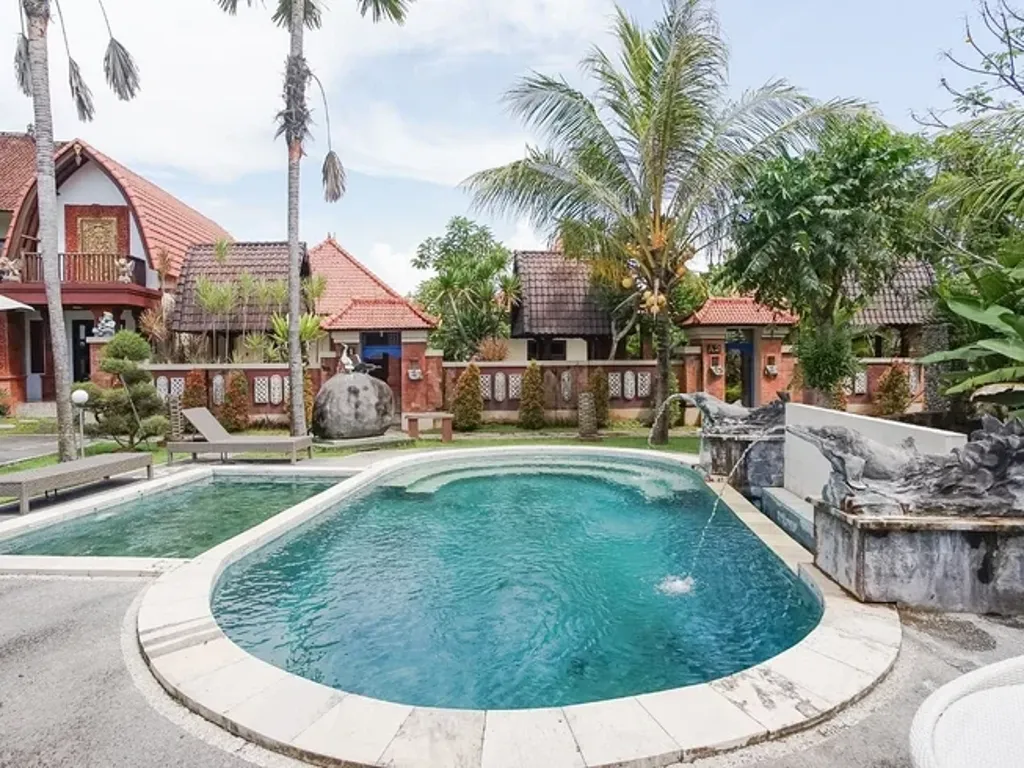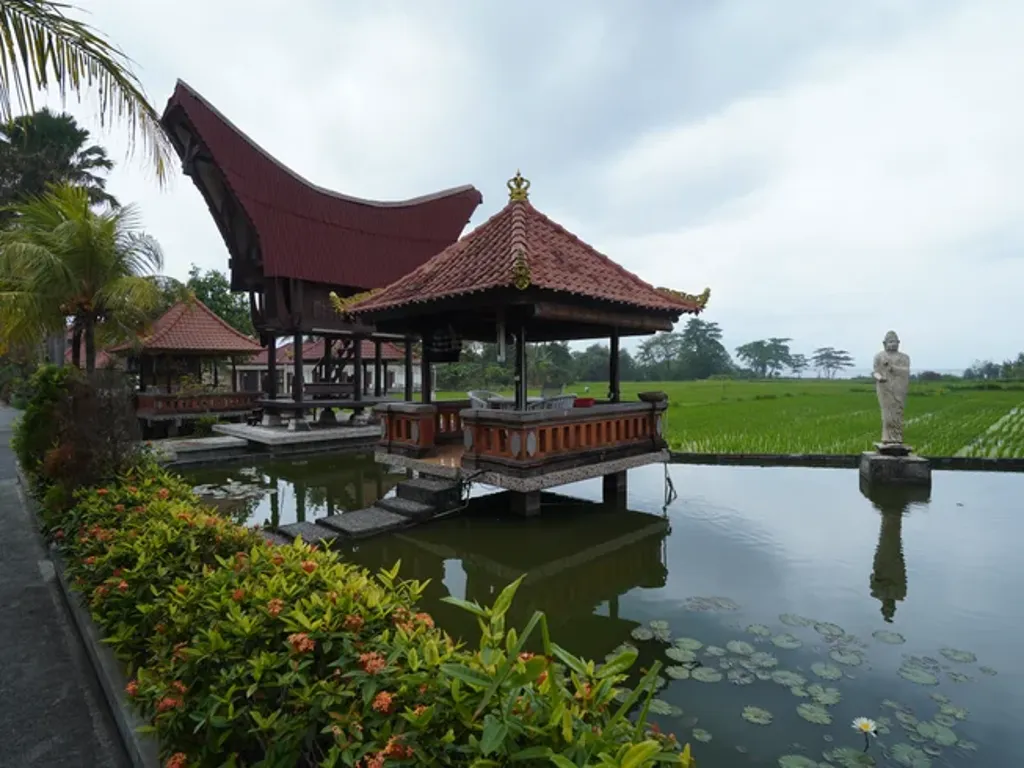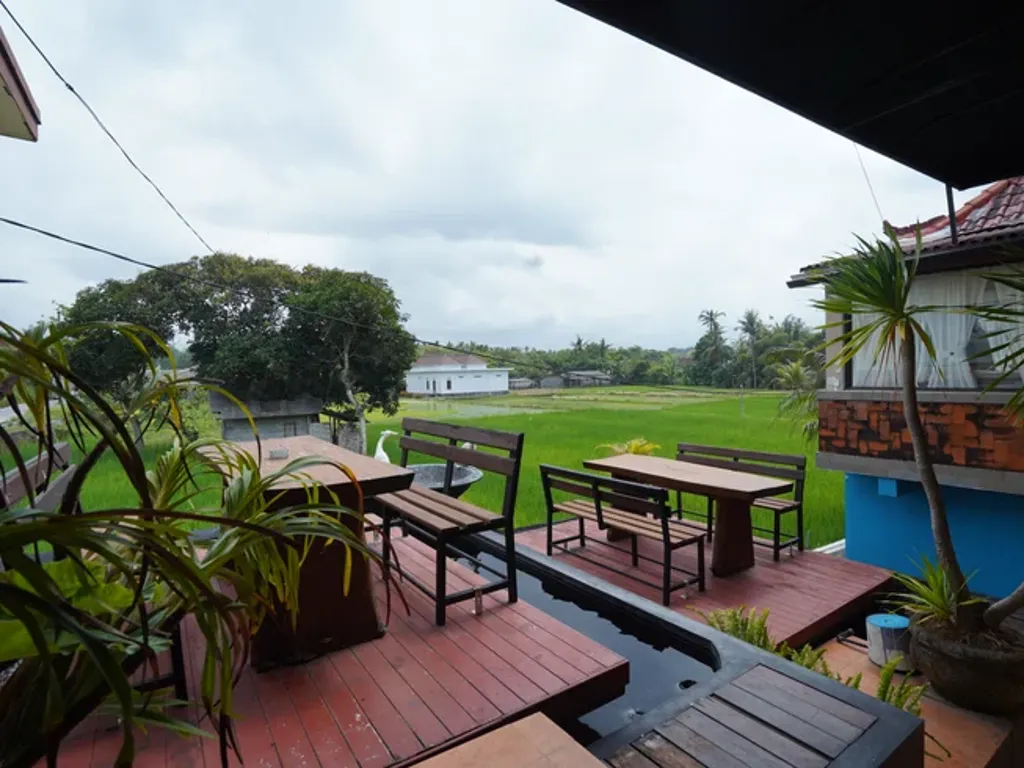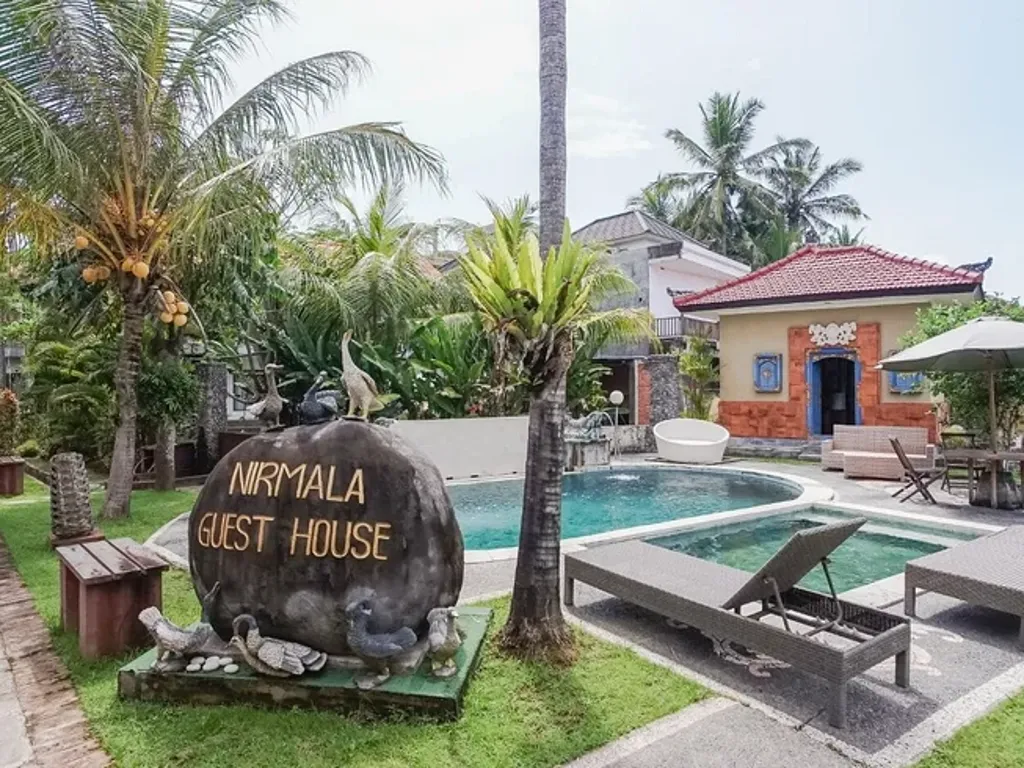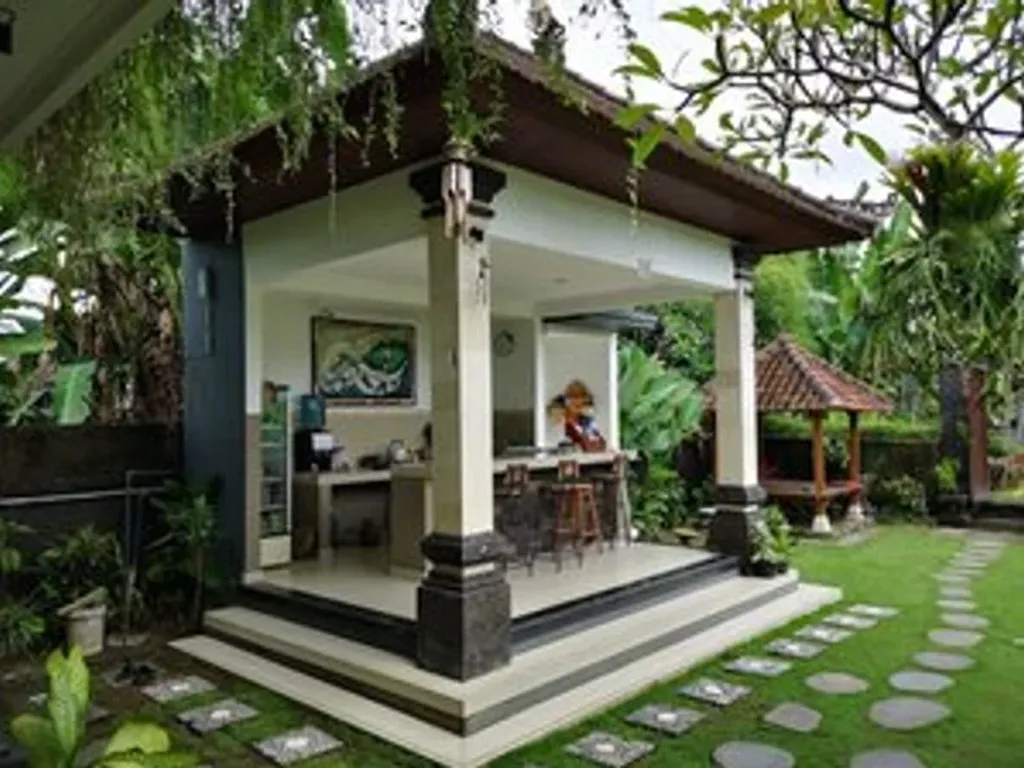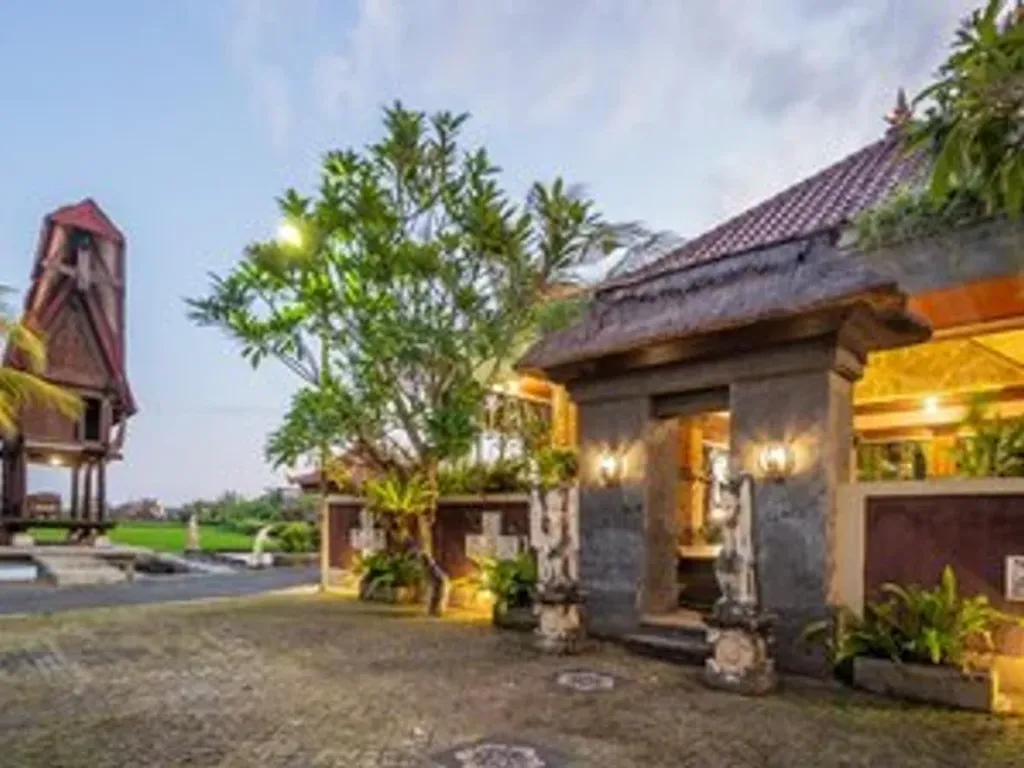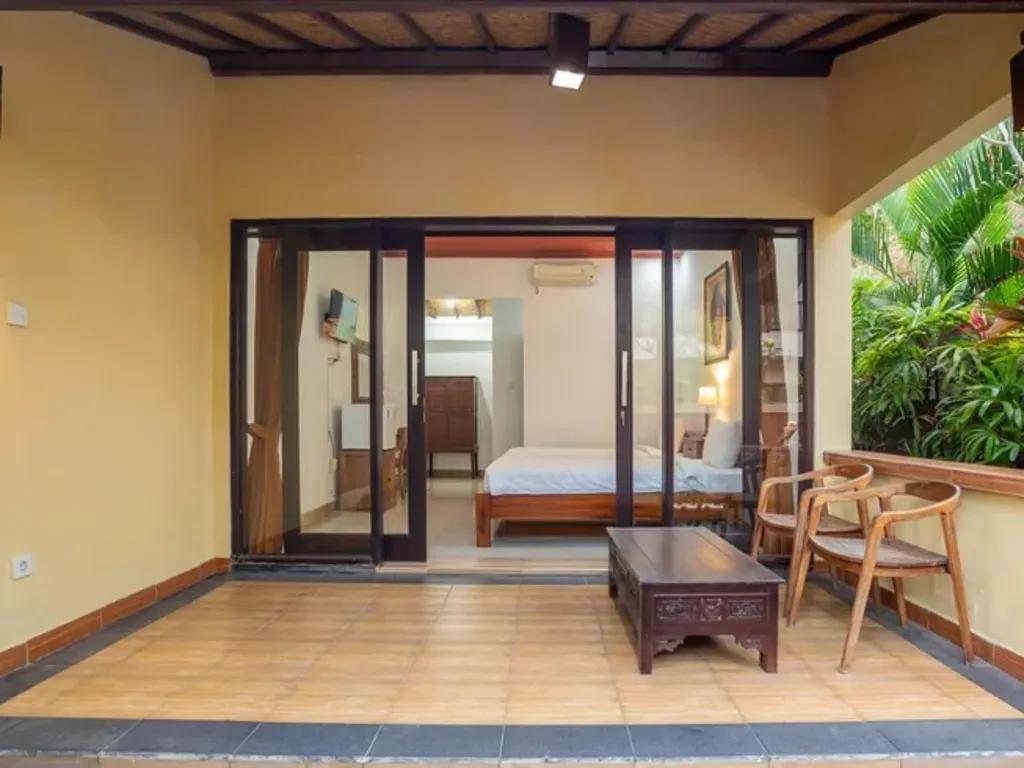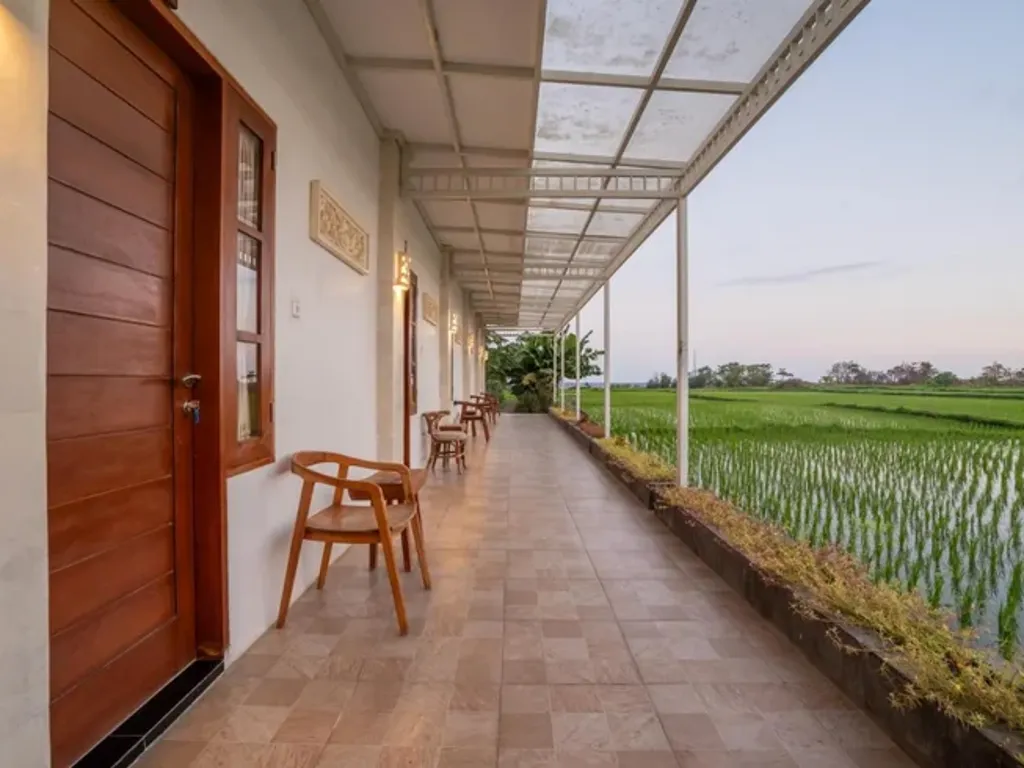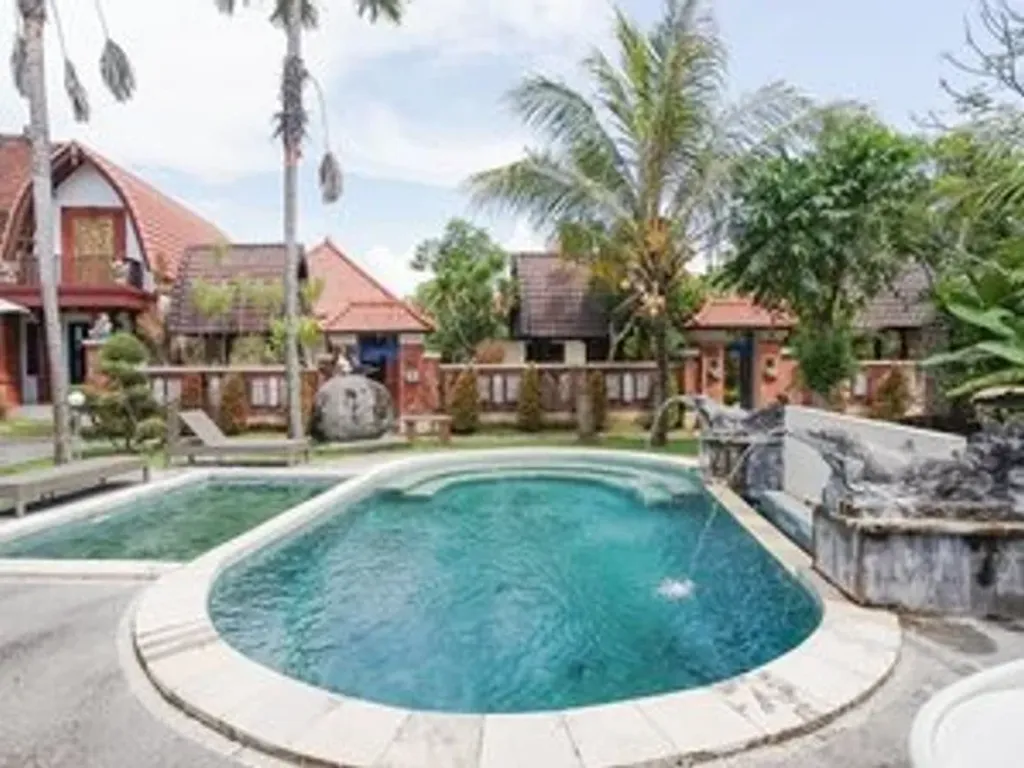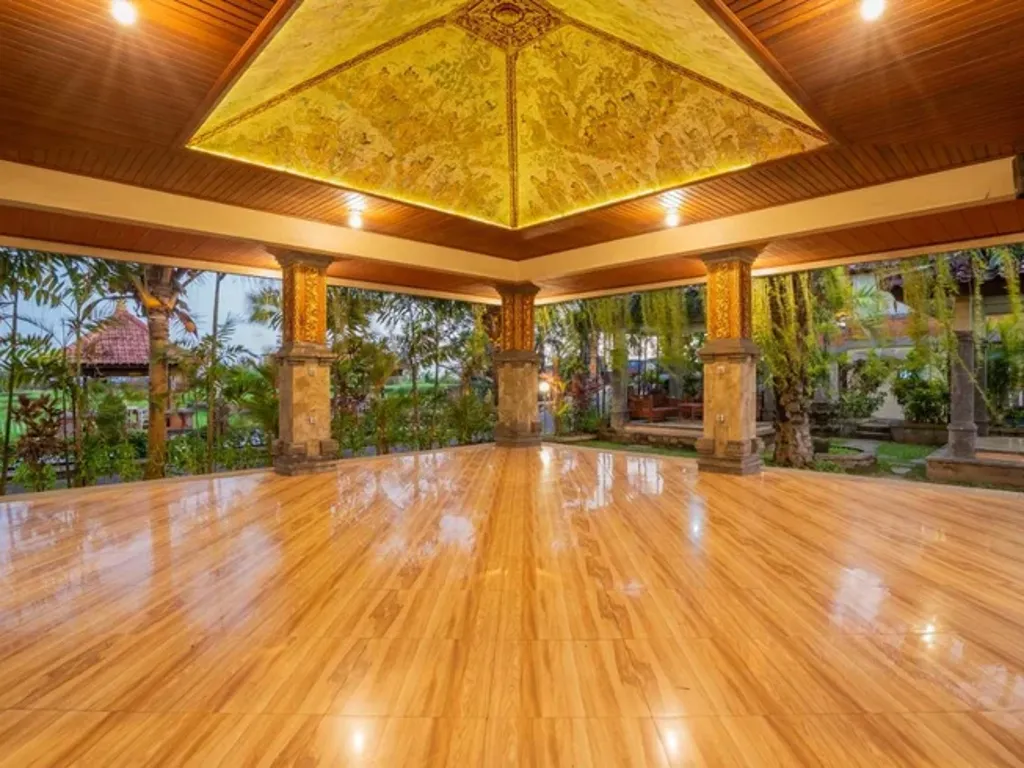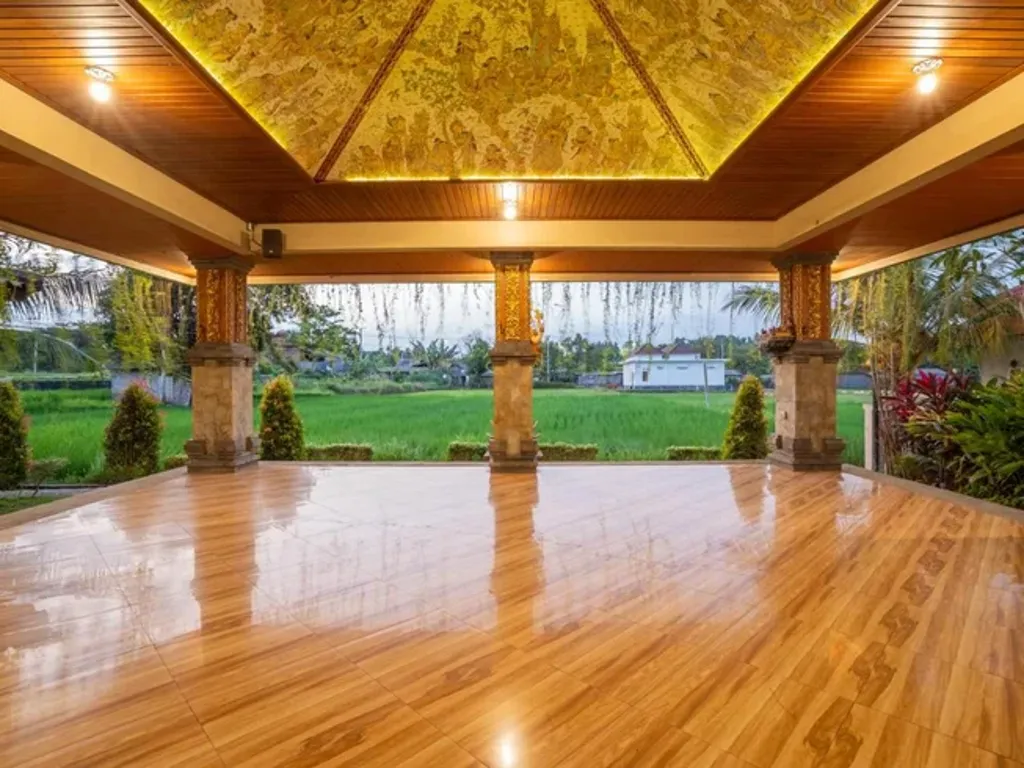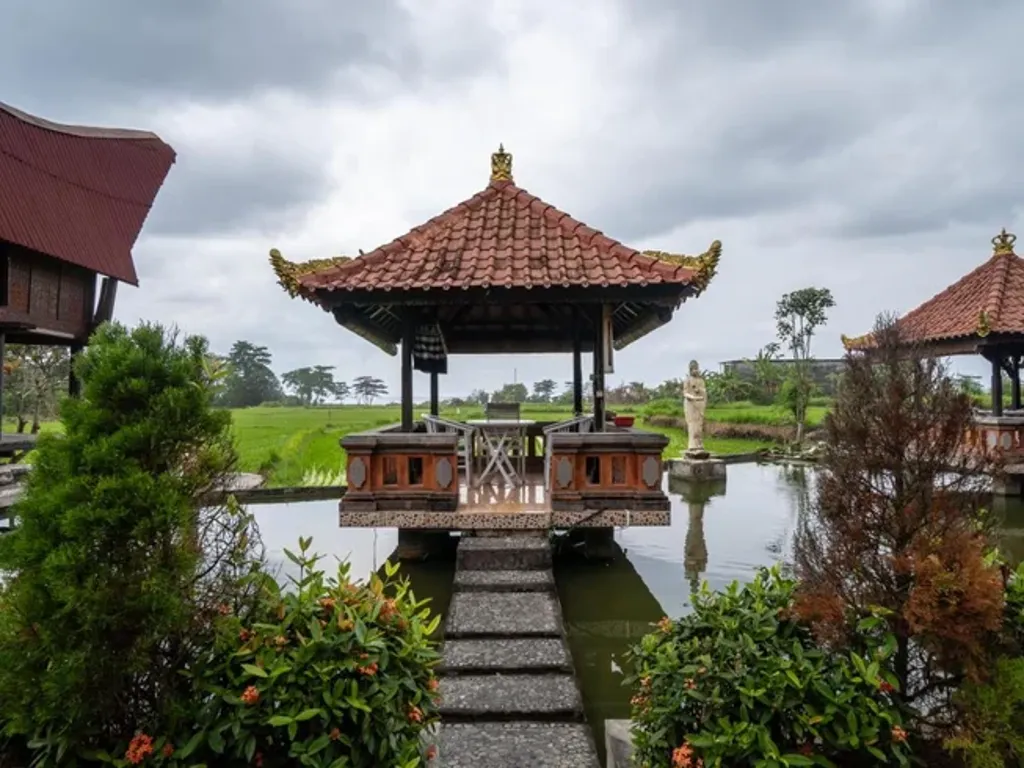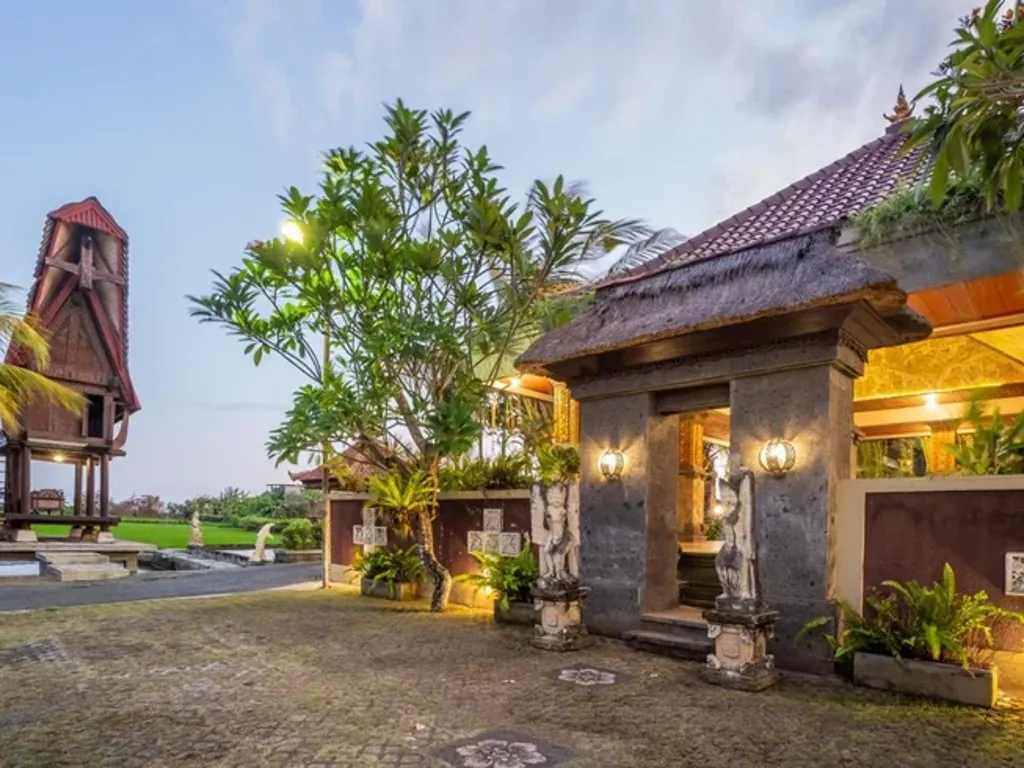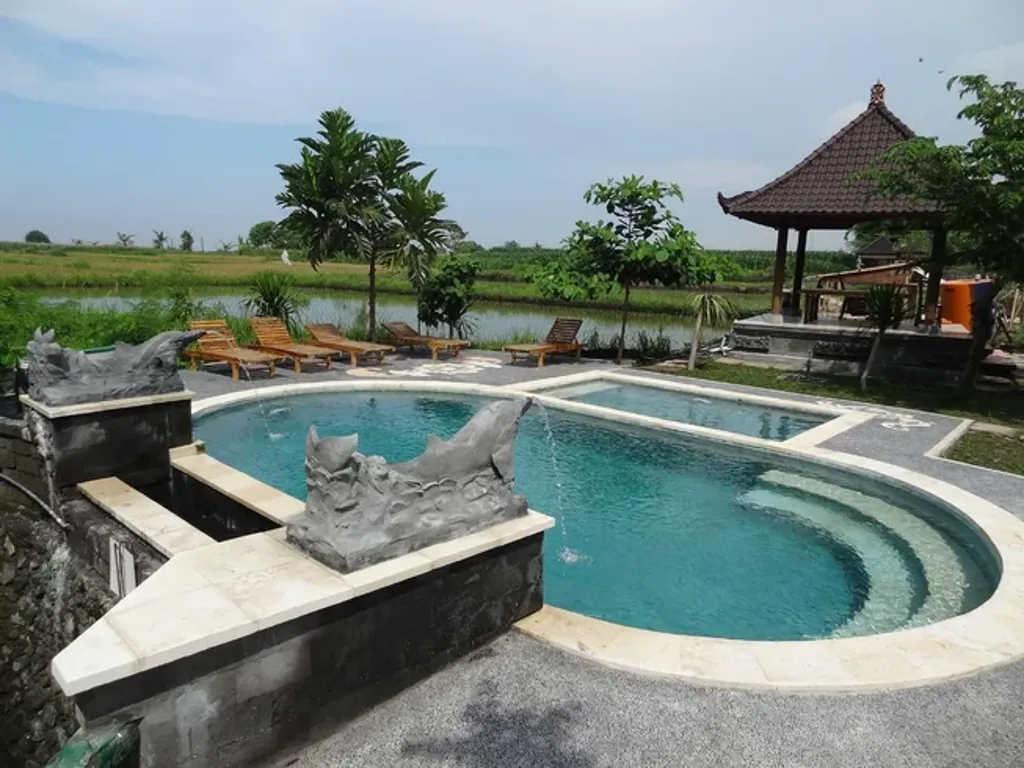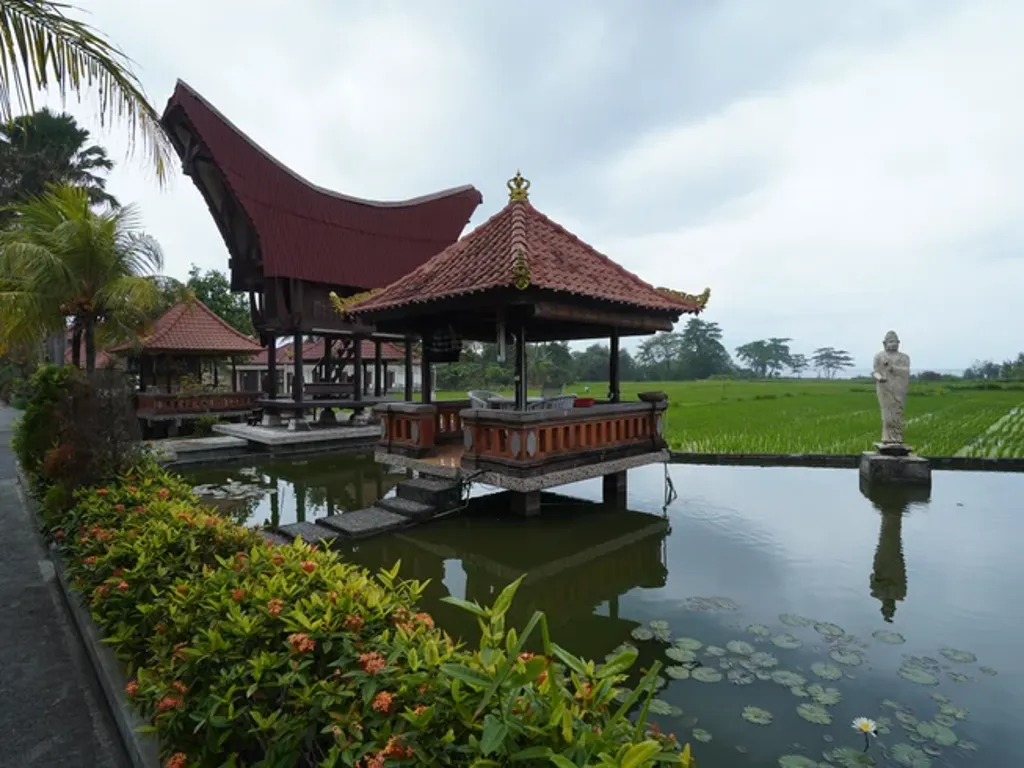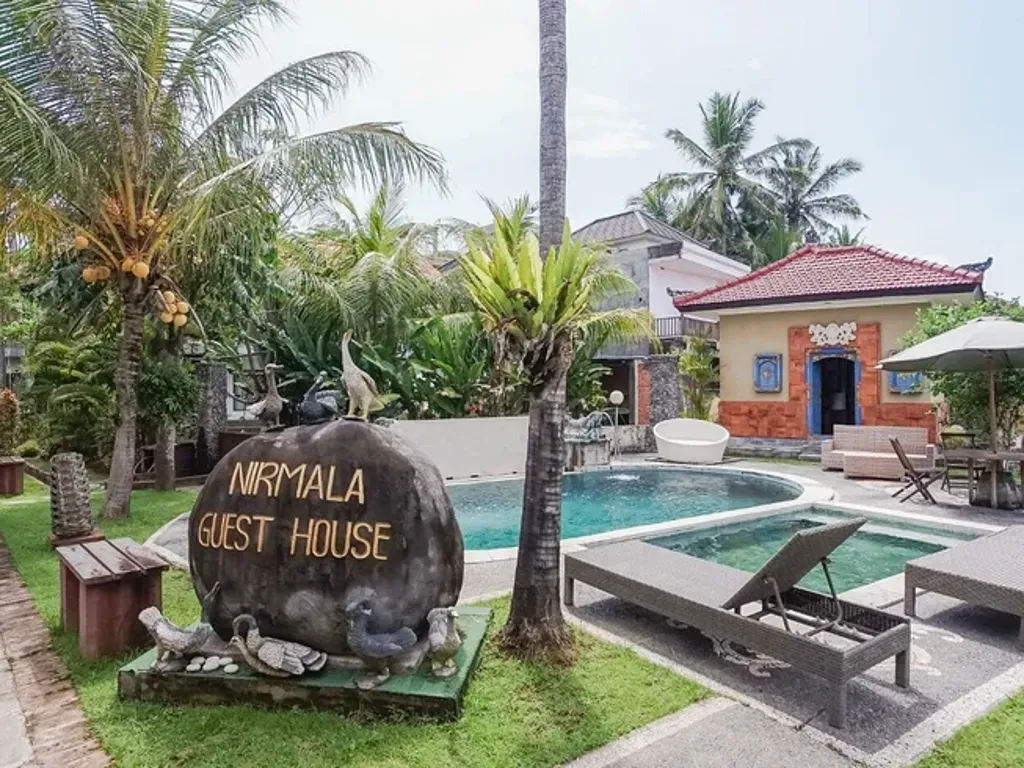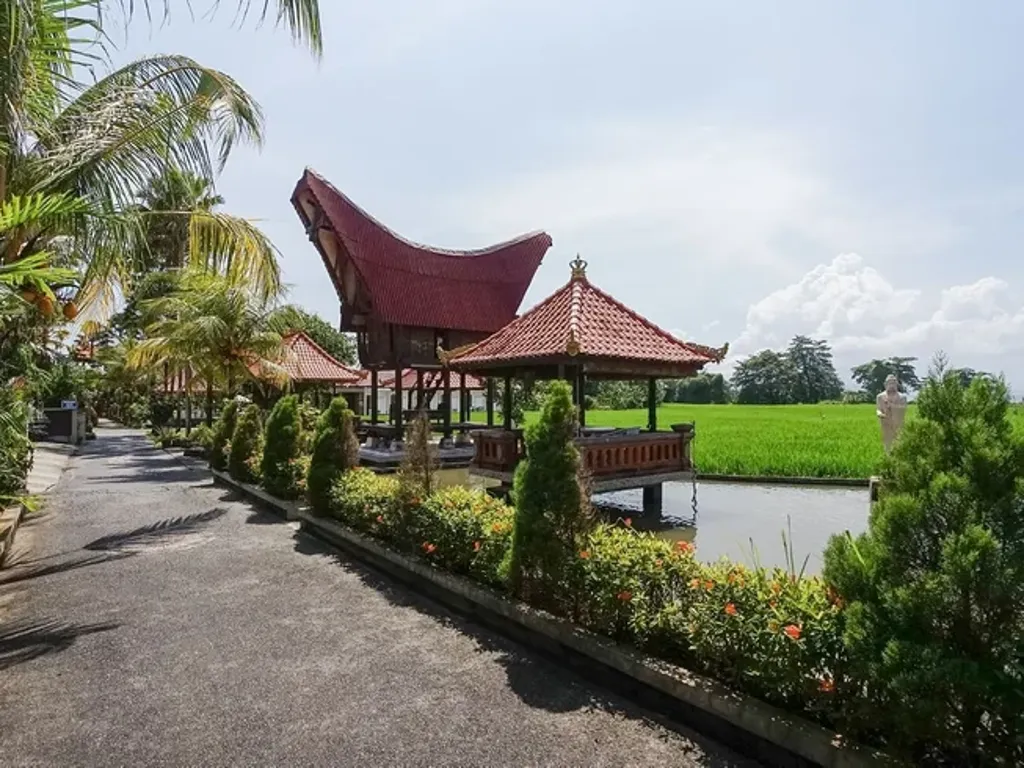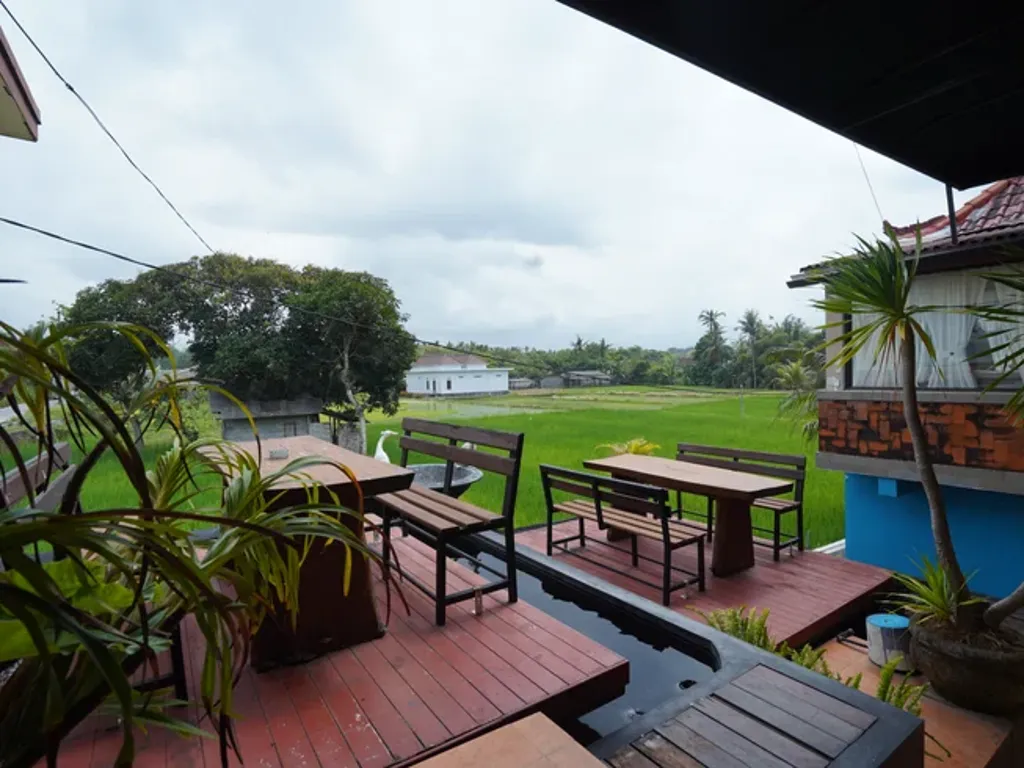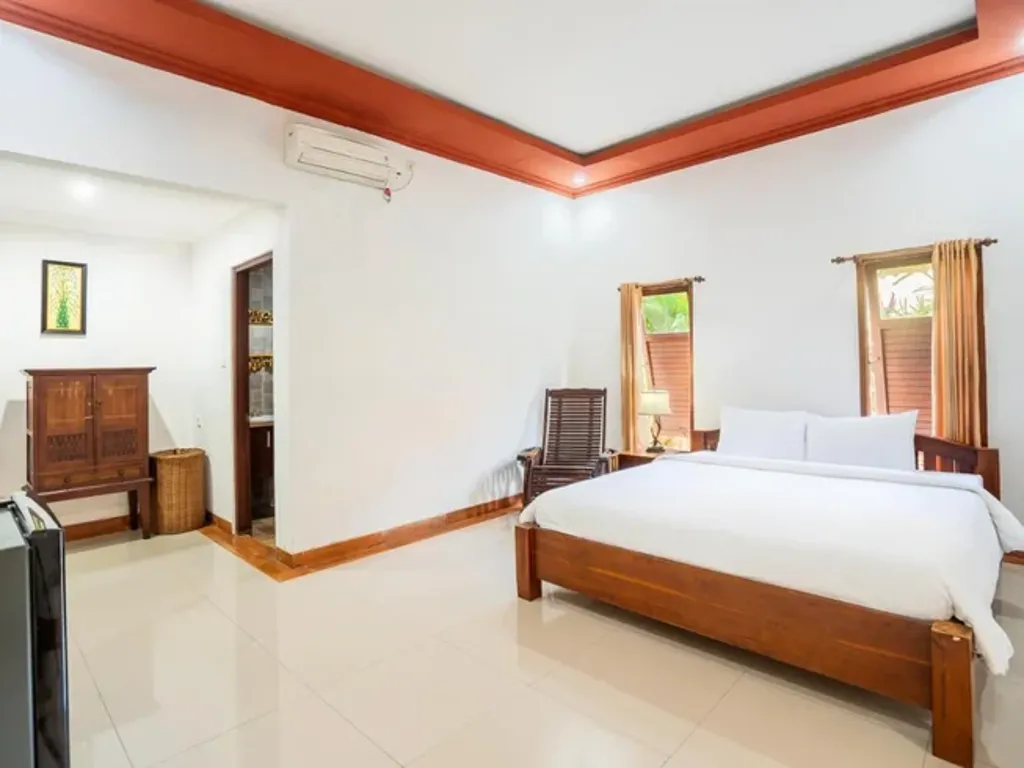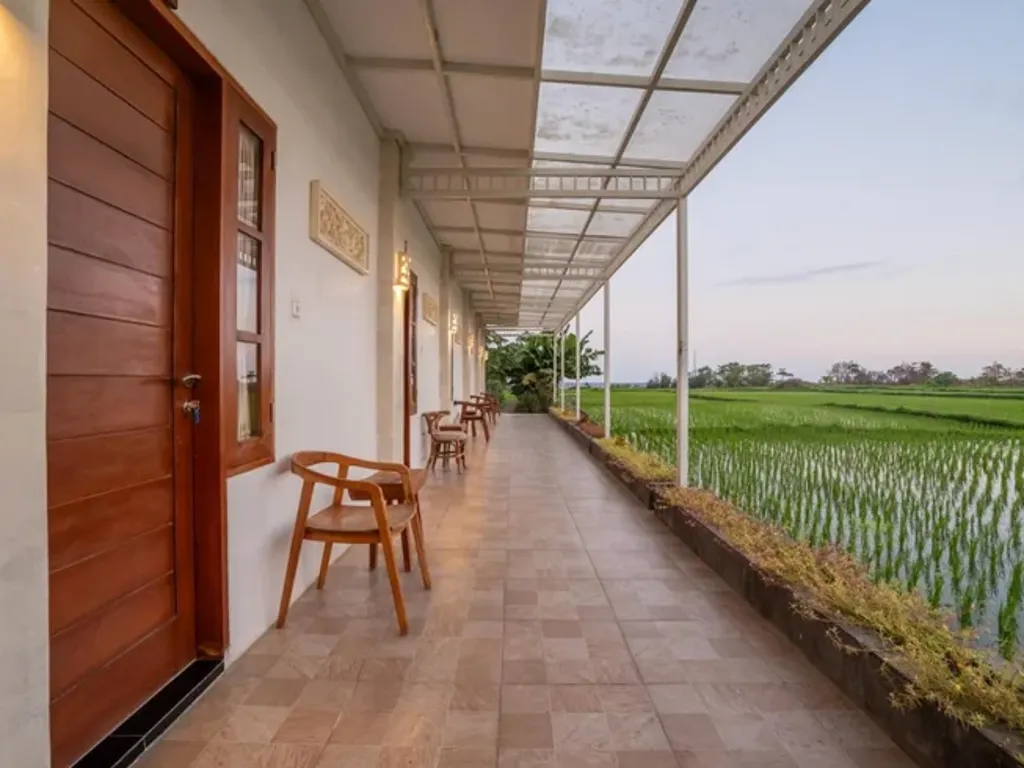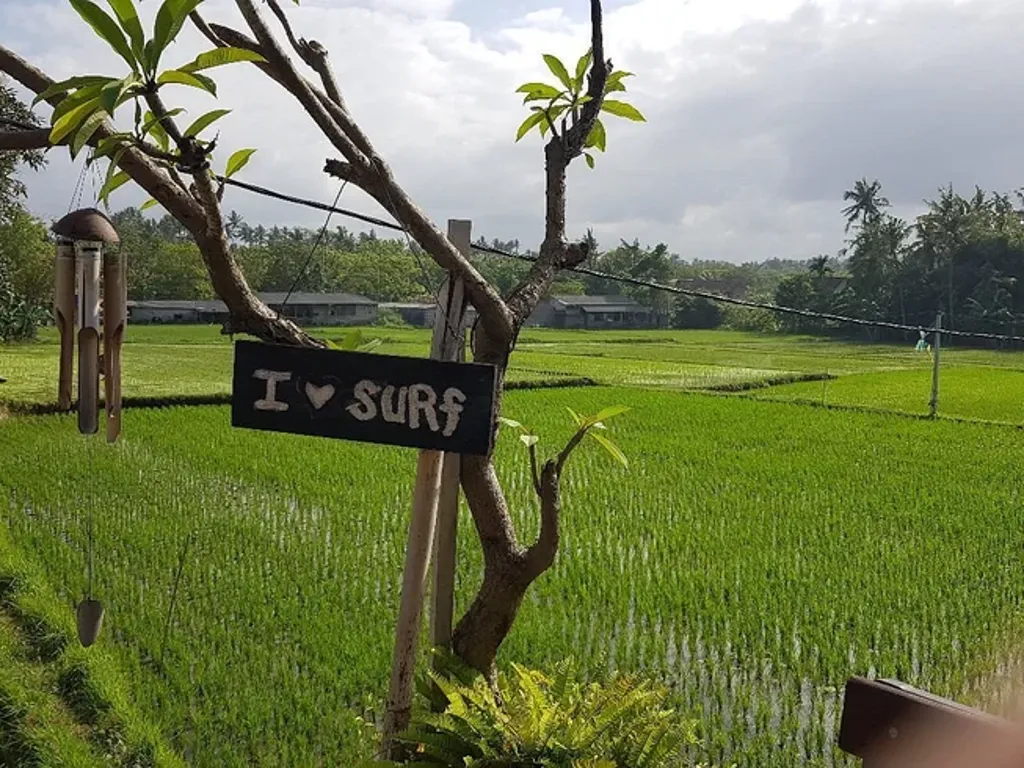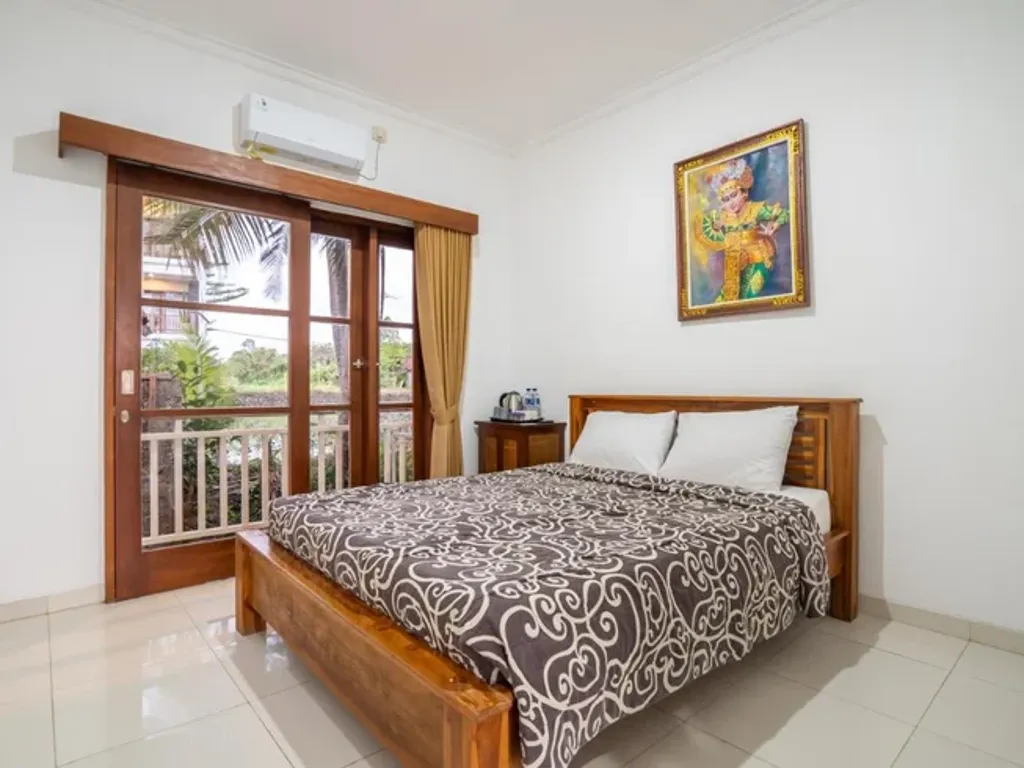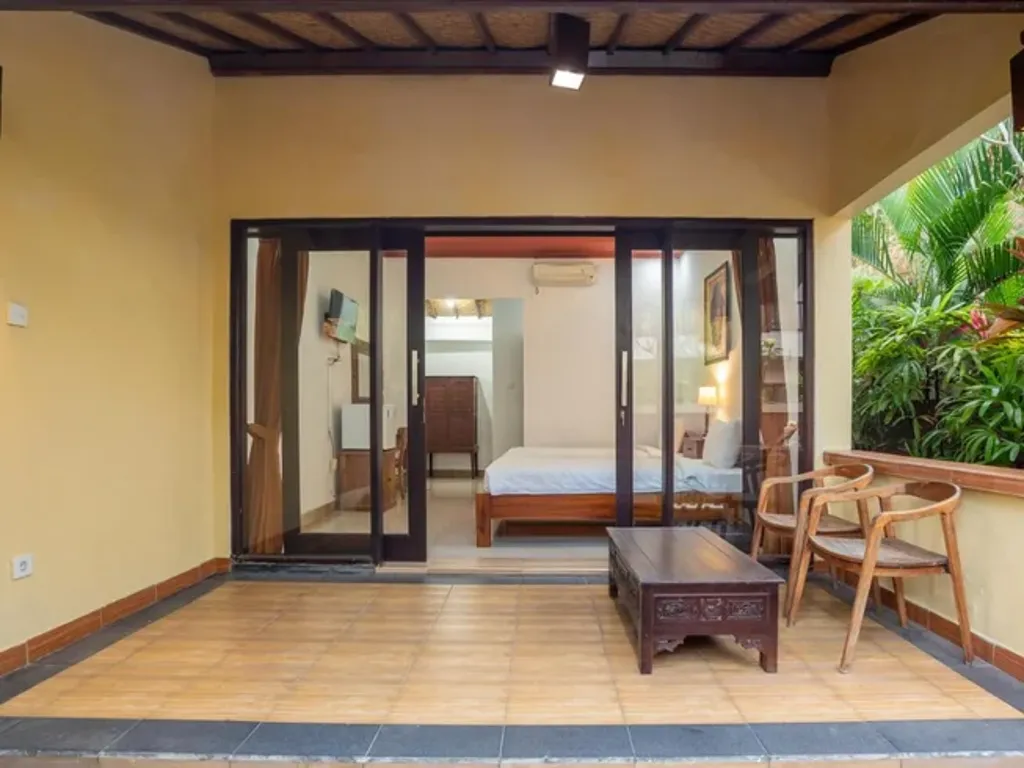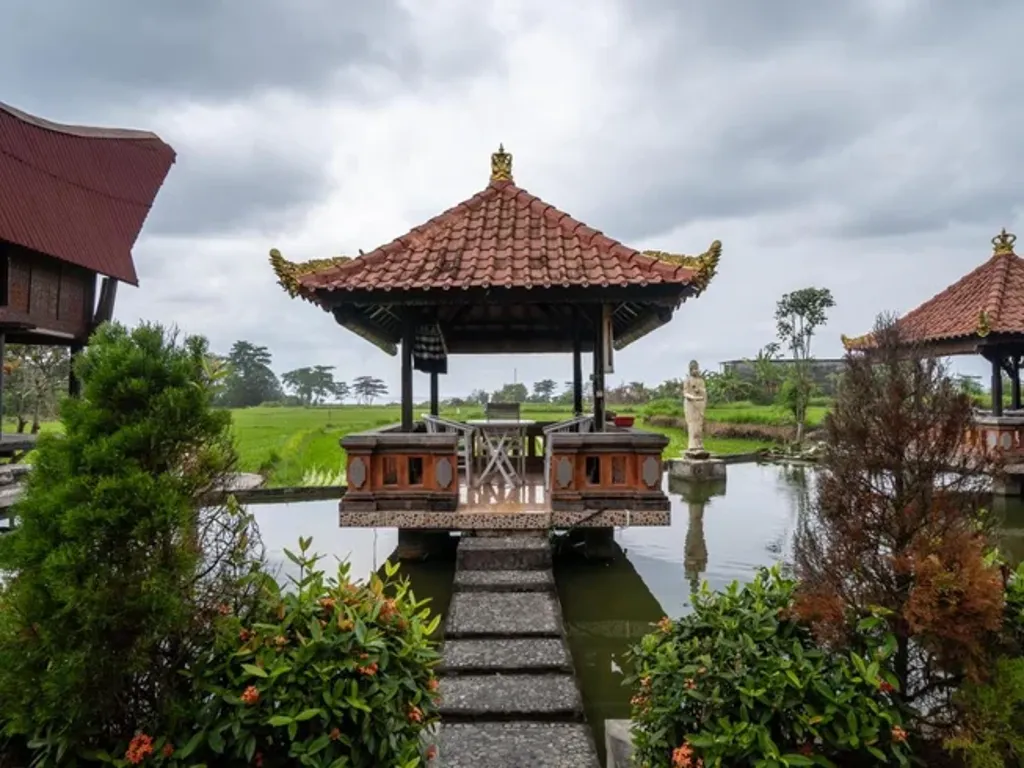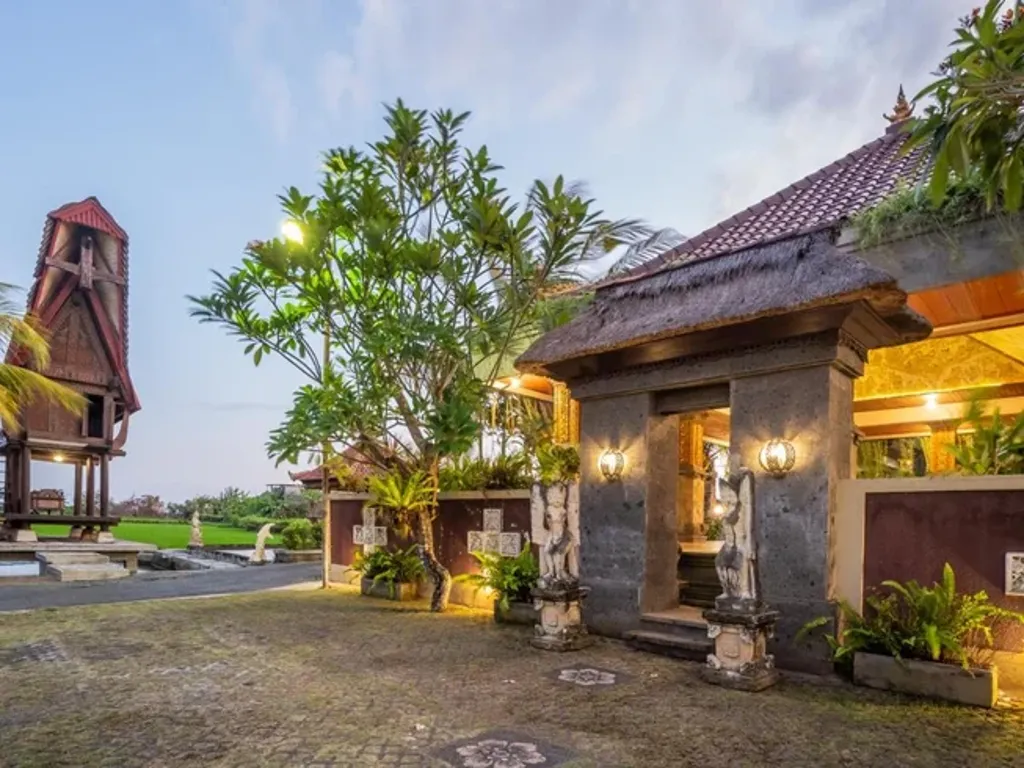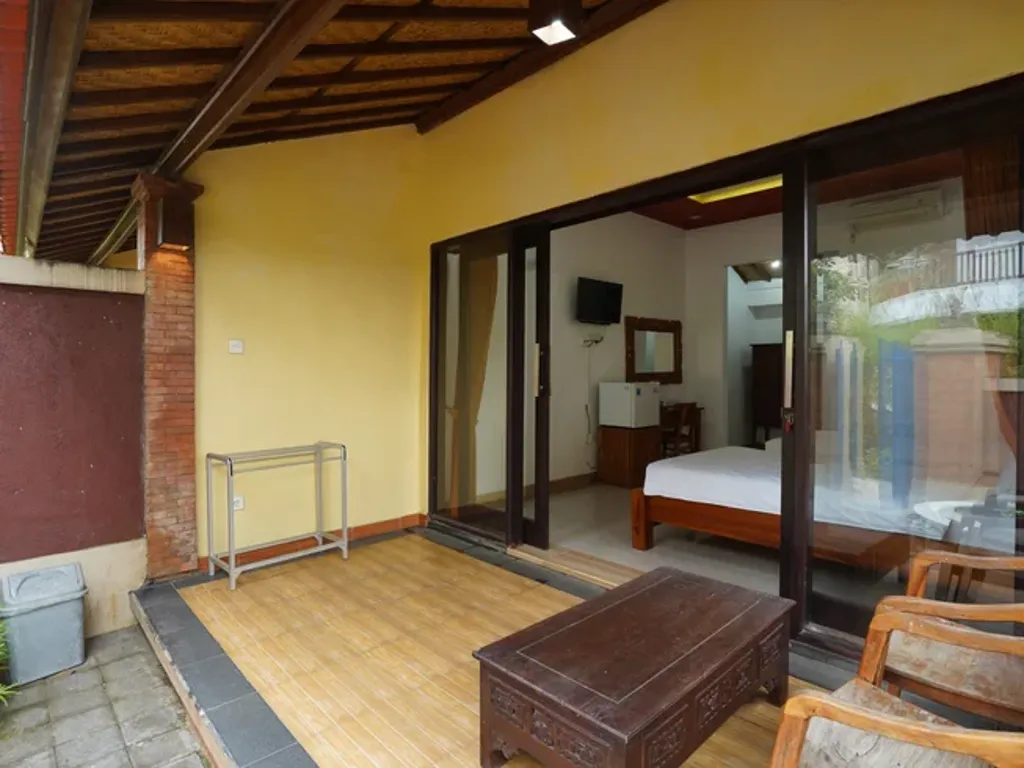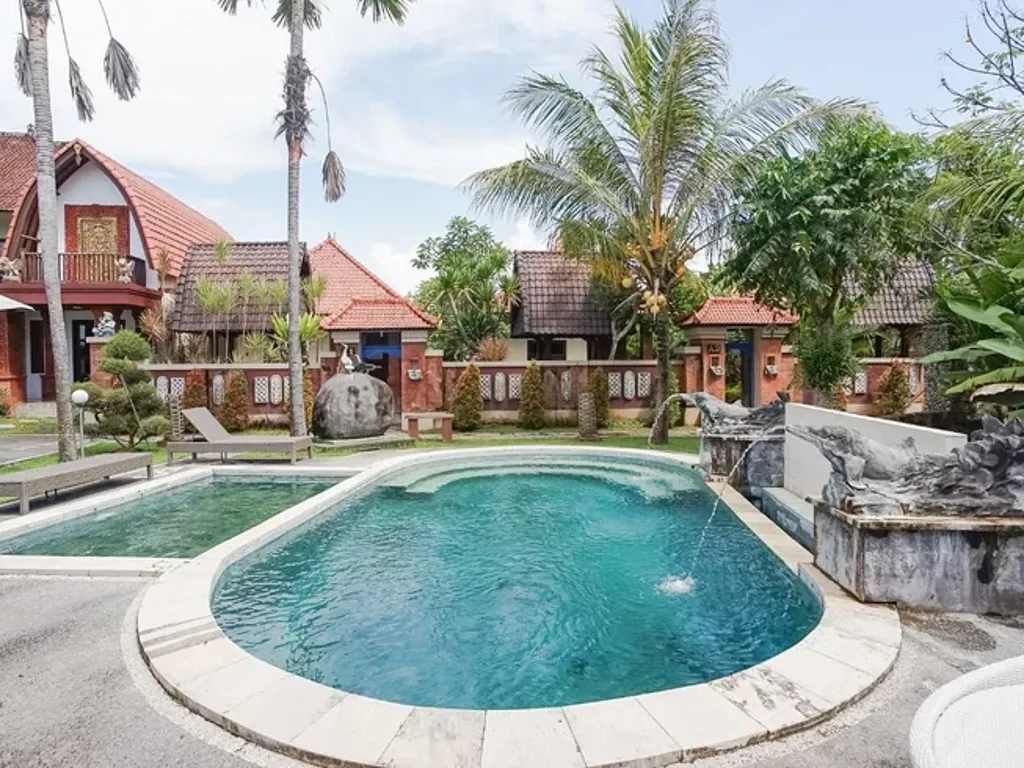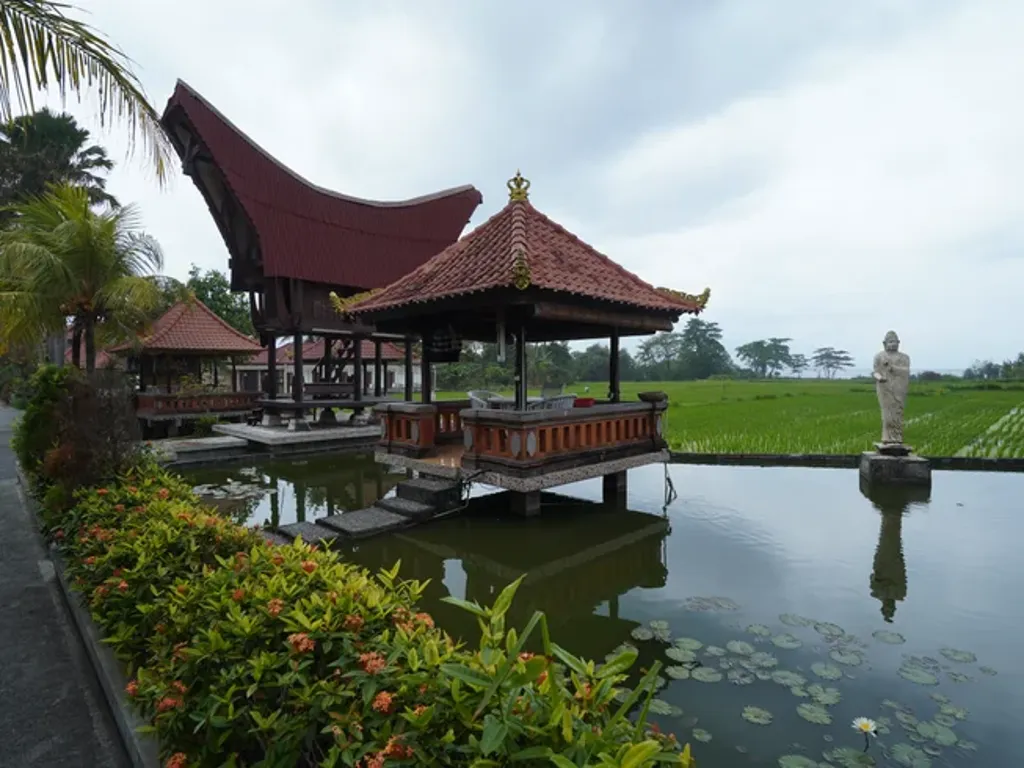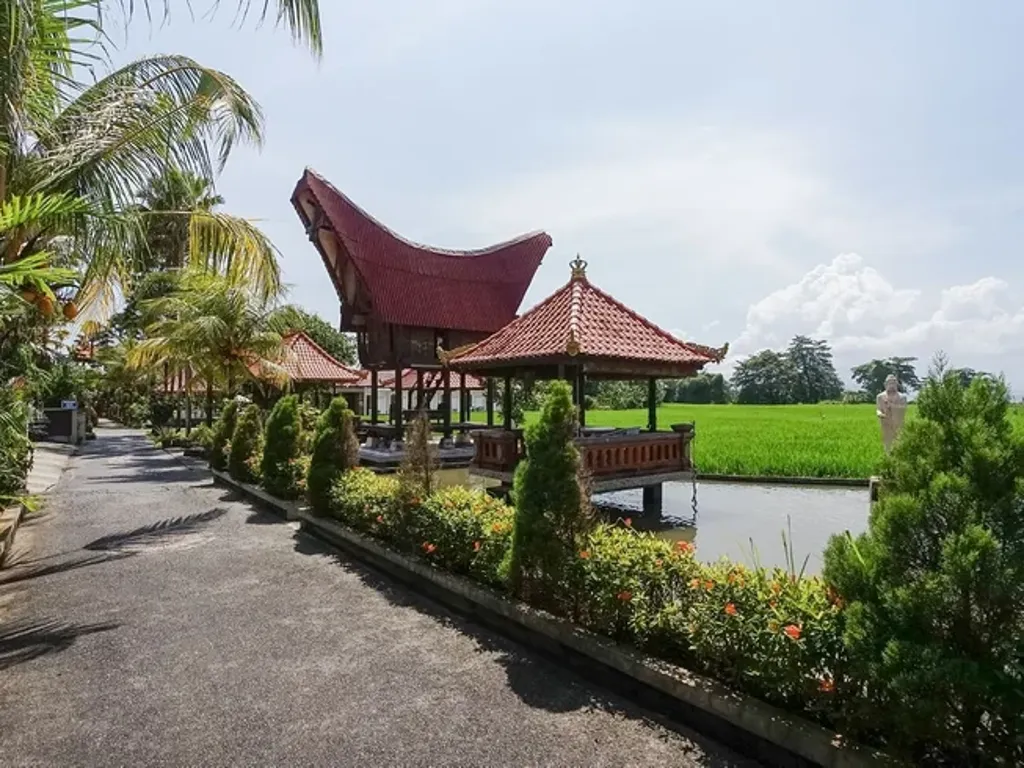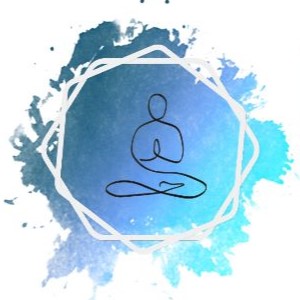Highlights
Skill level
Spoken Languages
Language of Instruction
Health & Hygiene
Program
Certification
Students who complete the training are eligible to register with Yoga Alliance as Registered Yoga Teachers (RYT®).
The teacher training course will take you on the journey of personal and professional self-development.
They have a course that is designed to meet the prerequisites of yoga. Those yoga practitioners who have been doing yoga for at least one to two years should join this course to discover more depth in their practice. Drishti Yoga School accepts a maximum number of 10 to 15 students in the course.
They ensure that the class should be conducted in a pious environment and good enough to offer you a dynamic, engaging, and holistic experience. The whole yoga teacher training course is in English. You should have at least a minimum understanding of English.
Drishti Yoga School has explored the Yoga Teacher Training Programs including the 200 Hours Ashtanga & Vinyasa Flow Yoga Teacher Training program in the exotic destination of Bali. During the course of training, students will get to learn many new things about yoga.
What makes this yoga course special?
- Yoga philosophy, anatomy, physiology, asana, and meditation led by experienced teachers from Rishikesh (India)
- Small group size of 10-15 students in a batch
- You will learn more about “Injury free Yoga”
- 3 excursions to nearby temples, rice fields, the beach of beautiful Bali
- RYT-certified yoga instructors
- Follow up assignments
- Learn more about the Indian Traditional Philosophy
Course Syllabus
Course Overview:
Yoga anatomy and physiology
Comprehensive and deep study of postures anatomy, movements and the key systems of the body. Learn how the body parts work and apply this knowledge for safe and effective practice and teaching.
Mastering the asanas (Postures)
The course includes a deep practice of asanas (postures), Ashtanga yoga, Vinyasa flow as well as its theory. Students are with also provided a separate class on alignment - adjustment - teaching methodology as these are part of the training, this class gives enough time to students to interact with their teachers and find out the answers of their questions.
Yoga philosophy
Yoga philosophy in Sanskrit called yoga darshan which means guiding students through the philosophy of life with the help of ancient yoga texts to the aim of yoga. 200 Hour Course at Vinyasa yoga school imparts teachings of the mystic sage Patanjali’s ‘Patanjali yoga sutras’ which teaches students to learn how to live an appropriate life.
Meditation and mantra chanting
Mantras: sound vibrations that permeate every cell of your being and allow your mind to dissolve and repose. Meditation is that which gives you deep rest. Meditation is an activity in which the practitioner just sits and allows the mind to dissolve.
The rest in meditation is deeper than the deepest sleep that you can ever have. When the mind becomes free from agitation, is calm and serene and at peace, meditation happens.
Pranayama
The “prana” creates an aura around the body. It flows through thousands of subtle energy channels called ‘nadis’ and energy centers called ‘chakras’. The quantity and quality of prana and the way it flows through the nadis and chakras determines one’s state of mind.
If the prana level is high and its flow is continuous, smooth and steady, the mind remains calm, positive and enthusiastic.
Ayurveda
Ayurveda is ancient knowledge that indicates the very measure of life, advising on the appropriate and inappropriate, happy and sorrowful conditions of living, and recommending practices auspicious for longevity.
Daily schedule
- 06:15 - 06:30 Shatkarma
- 06:30 - 07:00 Pranayama
- 07:00 - 8:30 Ashtanga Flow Yoga
- 08:30 - 09:30 Breakfast
- 09:30 - 10:30 Yogic Anatomy and Physiology
- 10:30 - 11:30 Yoga Philosophy
- 11:30 - 12:30 Body Alignment
- 12:30 - 13:30 Lunch
- 16:00 - 17:30 Ashtanga Flow Yoga
- 18:00 - 19:00 Meditation
- 19:00 - 20:00 Dinner
Course Syllabus - 200 Hour Yoga Teacher Training In Bali:
Ashtanga yoga postures
Ashtanga yoga primary series sequence made by K. Pattabhi Jois. In 200 hours yoga, TTC Drishti Yoga School teach their students basics of Ashtanga yoga and they guide them through the completely Ashtanga yoga series in a systematic way according to the Ashtanga yoga tradition which includes:
- Sun salutations A
- Sun salutations B
- Standing sequence postures
- Seated sequence postures
- Finishing sequence postures
- Mysore style/use of yoga props/teaching practice
- On 1st week: introduction to Ashtanga yoga followed by Sun salutation A & B
- On 2nd week: standing sequence postures and use of yoga props
- On 3rd week: seated sequence postures and finishing sequence postures
- On 4th week: Mysore style and teaching practice
Vinyasa Flow (Asanas)
- 1 st week
- Pawanmuktasana series A
- Surya Namaskar ( Hatha)
- Virbhadrasana A & B
- Utthita Trikona asana
- Parvakonasana
- Parivritta parsvakonasana
- Parivritta trikonasana
- Parsvaottanasana
- Sitting postures
- Bhardwaj asana
- Merudanda vakrasana
- Ardha matsendrasana
- Ardha ustrasana
- Bhujangasana
- Ardha salbasana
- Paschimottasana
- Janusirsasana
- purvottansana
- pawan muktasana series B
2nd week
- Pawan muktasana C / A
- Surya namaskar B
- Trikonasana
- Parsvakonasana
- Virbhadrasana A
- Virbhadrasana B
- Ardha chandrasana
- Virbhadrasana C
- Utthita hasta padangusthasana A/ B
- Natrajasana
- Vriksasana
- Garudasana
- Sitting postures
- Marichyasana A
- Marichyasana B
- Marichyasana C
- Back bending postures
- Ustrasana
- Rajkapottasana
- Dhanurasana
- Chakrasana
- Setubandhasana
- Forward fold
- Paschimottanasana
- Janu sirsasana
- Triangmukha ekapada paschimotanasana
- Gatyamal paschimotanasana
- Purvottanasana
- Inversions
- Sarvagasana
- Core exercises
3rd week
- Sun salutation A/ B/ C (Hatha yoga)
- Moon salutation
- Teaching methods and sequencing
- Virbhadrasana A & B
- Trikonasana
- Parivrtta Trikonasana
- Parsvakonasana
- Parivrittaparsvakonasana
- Arm-balancing
- Bakasana
- Mayurasana
- Eka padabaka dhyanasana
- Parsva bakasana
- Dwi hasta bhujasana
- Hamasana
- Vashisthasana
- Vrischikasana
- Kaundilyasana
- Astavakrasana
- Inversions
- Sarvangasana
- Sirsasana
- Halasana
- Karnapidasana
- Matsyasana
- Leg stretching
- Savasana
4th week
- Teachings
- Doubts
Meditation
- Introduction to meditation
- Guided meditation
- Breathing awareness meditation
- Om/Mantra meditation
- Trataka
- Dynamic meditation
- Tips for developing concertation silence practice
- Ajapa japa
- Antar mouna
- Mudras (yoga gestures)
- Jnana mudra
- Chin mudra
- Yoni mudra
- Bhairava mudra
- Shambhavi mudra
- Nasikagra
- Khechari
- Yoga Bandhas (energy lock)
- Preparation
- Uddiyana
- Jalandhar
- Mula & Maha Bandha
- Teaching
- Doubts
- Yoga cleansing (Shatkarma)
- Rubber-neti
- Jalaneti
- Kapalbhati - cleansing the lungs
- Yoga Nidra (psychic sleep)
- Basic relaxation
- Tension relaxation
- Full body relaxation
Anatomy and physiology
- Digestive system
- Respiratory system
- Circulatory system
- Nervous system
- Endocrine system
- Organs bodily systems
- Nadis
- Chakras
- Muscular system
- Skeletal system
- Muscle functions according to joint movements
- Breathing
- Inversions
- Svasana
Yoga philosophy (Yoga Darshana) -
- Introduction to yoga
- Its philosophy and evolution
- Introduction to yoga sutras of patanjali
- Definition of yoga
- 4 aspects of mind and its functions
- Daily schedule of a yoga student
- Principles of 5 basic element and 10 senses
- Yama, Niyama (4 days)
- Asana, pranayama and Pratyahara, Dharana, Dhyan, Samadhi (2 days)
- Pancha - Vayus
- Panchakoshas
- Sattva, Rajas, and Tamas (Triguna)
- Introduction to chakras and its functions
- Three Doshas
- 4 padas of yoga sutras
- Lives of yogis (Inspiring stories)
- Diet and nutrition for a yogi
- Question and answers
Pranayama (breathing practices)
- Introduction of pranayama
- Benefits of pranayama
- General guidelines
- Clavicular
- Thorocic and Diaphragmatic Breathing (yogic breathing)
- Ujjayi
- Bhastrika
- Kapalbhati
- Nadi - Sodhana
- Bhramari
- Surya - Bhedi & Chandra - Bhedi Sheetali & Sheetkari
- Sitting postures for pranayama sadhana
- Easy pose
- Half-lotus
- Swastikasana
- Siddha yoni asana
- Recitation of Sacred Sound (Mantra vhanting)
- Om Asato Maa Sadgamaya (Mantra from Upanishad)
- Tvameva mata ca pita Tvameva (Sloka on gods)
- Om Tryambakam Yajamahe (Mantra on lord shiva)
- Om sahana vavatu (Mantra from Upanishad)
- Guru Brahma Guru Vishnu Gurudevo maheshwara (Guru stotram)
- Yogena Cittasya (Sloka on sage Patanjali)
- Hare rama, Hare Krishna (Maha mantra)
Teaching methodology
- Positive and conscious communication, friendship, and trust
- Time management
- Qualities of a teacher
- Principles of demonstrating, observation, assisting, correcting
- Use of voice in class
- Mental and emotional preparation for teaching
- Class preparation
- Step by step class structure planning
- Teaching practice
- Demonstration
- Alignment
- Instructions
Included excursions
Instructors
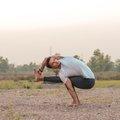
Yogi Yashpal
A young and dynamic Vinyasa flow teacher who has been teaching for the last six years. Yogi Yashpal Ji is a gold medalist and multiple medal winner in numerous state, national, and international yoga championship events. He has been teaching for five years and is a master of the primary series of Ashtanga-style Vinyasa flow yoga. He has an excellent knowledge of Vinyasa flow style yoga. He is a registered yoga teacher (RYT) from Yoga Alliance USA. Yogi has a Masters Degree in Yoga Science from Uttarakhand Sanskrit University in Haridwar.
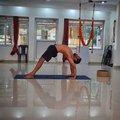
Mayank Rana
biography not found
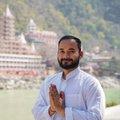
Ashish ji
Ashish is a passionate yoga teacher dedicated to enhancing the understanding of yoga anatomy and its integration into the yoga practice. With over a decade of experience in both practicing and teaching yoga, ashish brings a unique blend of expertise in anatomy, physiology to his classes. His teaching style is characterized by a deep understanding of biomechanics and body alignment principles. He seamlessly combines his knowledge of yoga anatomy with traditional yoga practices, offering his students a comprehensive understanding of how the body moves and functions in each yoga posture.
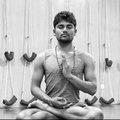
Sunil Ji
Sunil is a certified yoga instructor with training in Hatha, Ashtanga and Iyengar Yoga. After completing his teacher training certification in 2016, he taught yoga in Mumbai for one year. He also taught for eight months in China and led yoga workshops in Indonesia. He currently teaches privately, and at yoga schools and ashrams in Bali. Sunil has a B.A. in Sanskrit Grammar, and an M.A. in Yoga Science, both from Haridwar Sanskrit University.
Accommodation
Check-in Time: Check-out Time:
During the course, you will be staying at Nirmala Guest House, Bali. The accommodation offers guests a tranquil, rejuvenating, home away from home experience. The room has its own bathroom, and porch overlooking rice fields.
You also get free access to Wi-Fi. The bedroom is spacious and is fitted out with all that you will need including a comfortable single bed. Additionally, each room has its own private bathroom with all modern Western facilities. The venue is in a very peaceful place and surrounded by beautiful nature.
There is one yoga studio, a dining area, a beautiful green garden and an amazing swimming pool. There are some of the famous and most interesting places nearby such as the Elephant Cave, Monkey Forest, Pura Dlem Agug Padangtegal, Ubud Market (shops, cafes, restaurant, ATM, healthcare, organic stores), Ubud place, and Uluwatu Temple.
Location
Food
The following meals are included:
The following drinks are included:
The following dietary requirement(s) are served and/or catered for:
Things to do (optional)
Spa Treatment Facility
What's Included
What's Not Included
Arrival Information
Reviews
